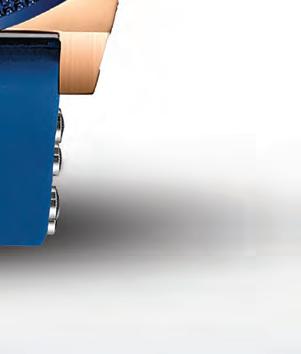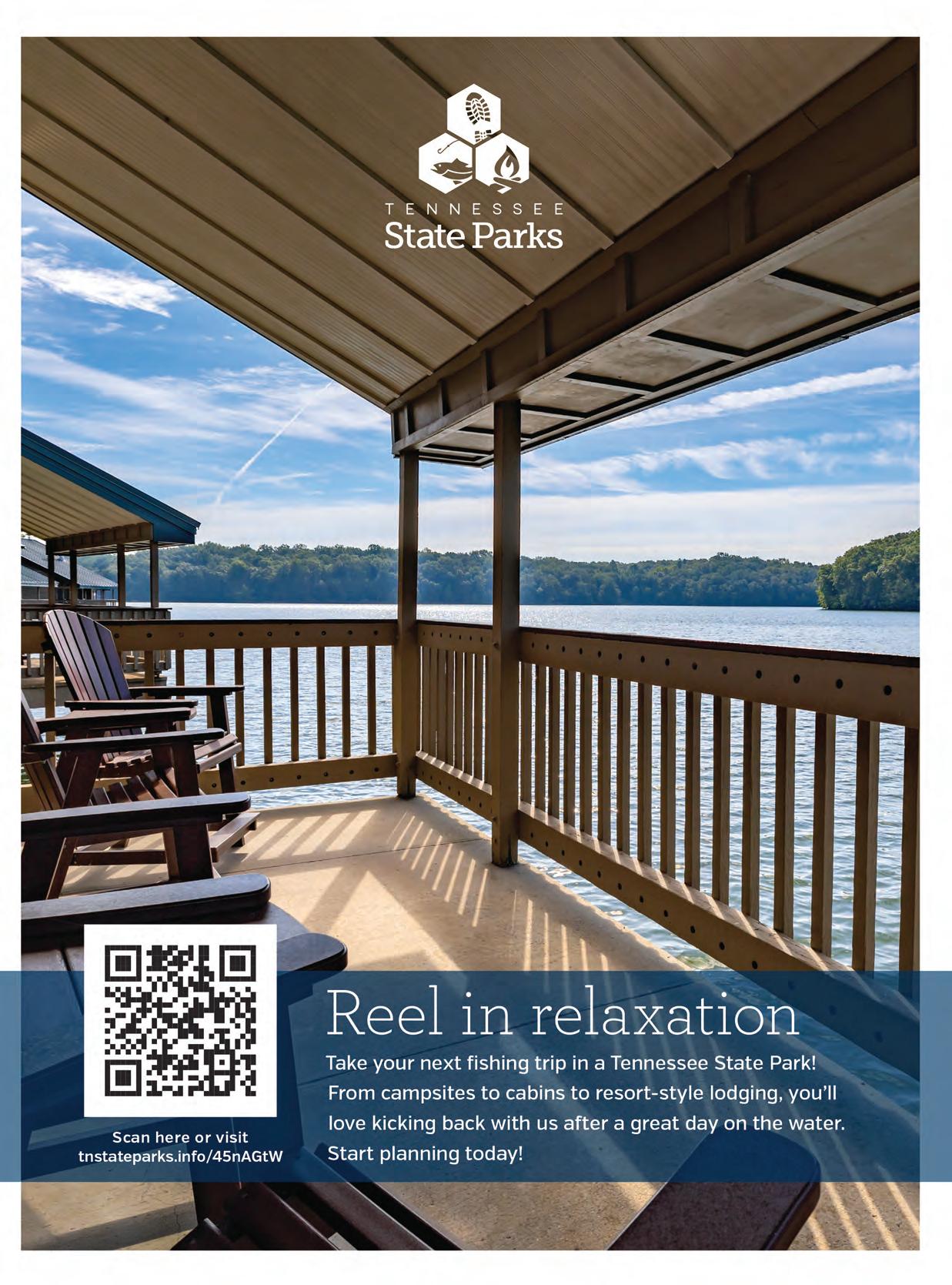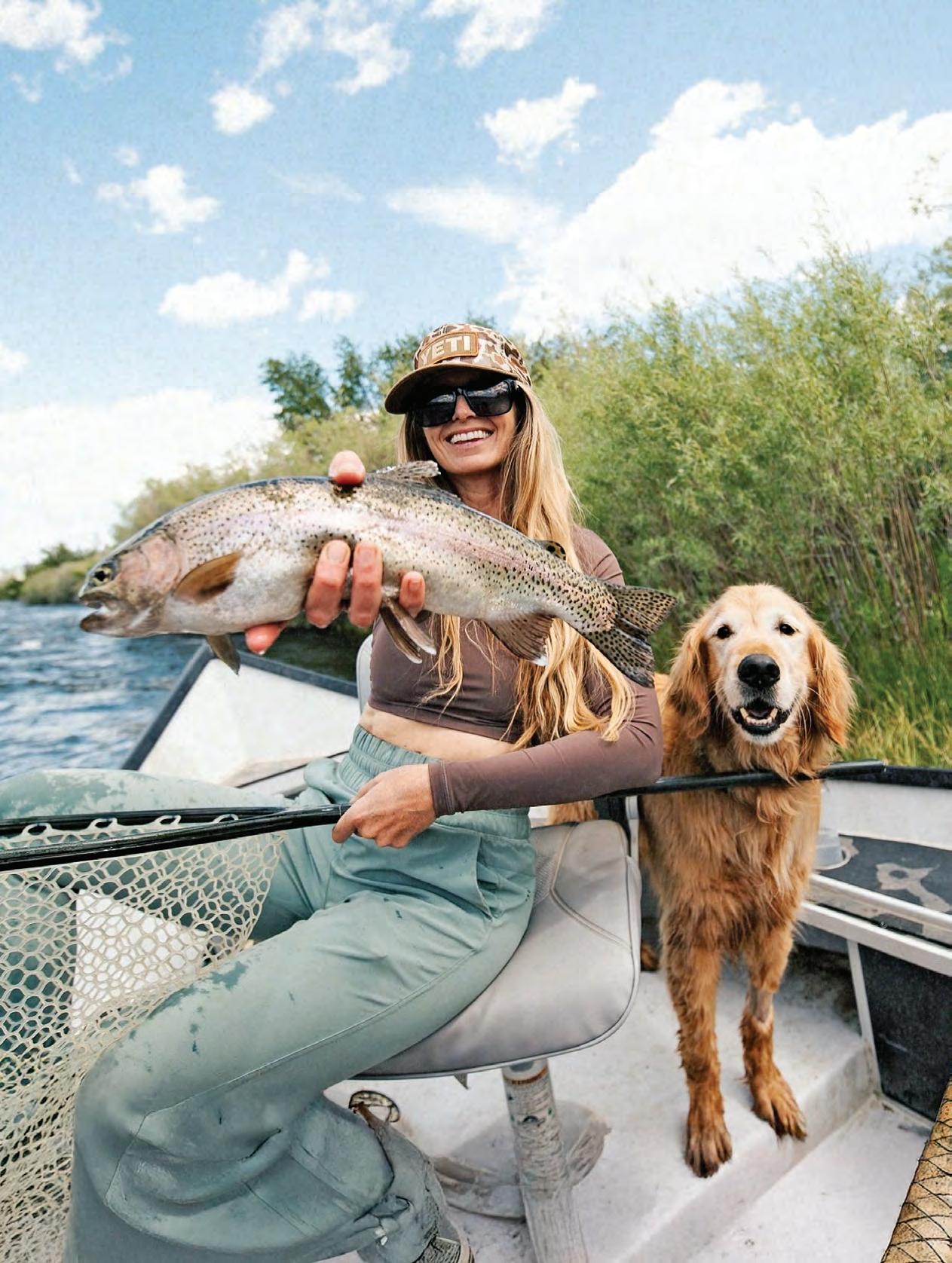

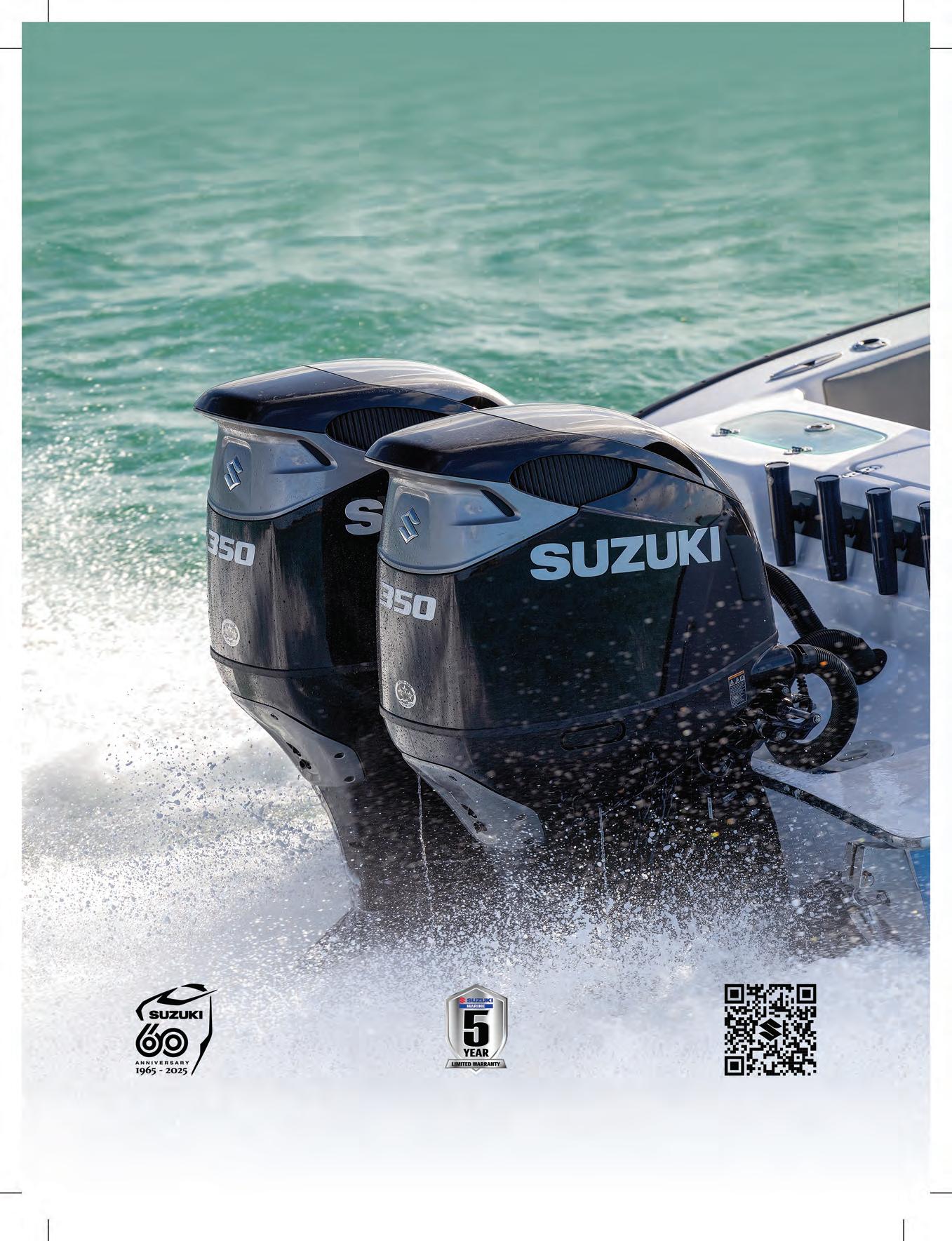

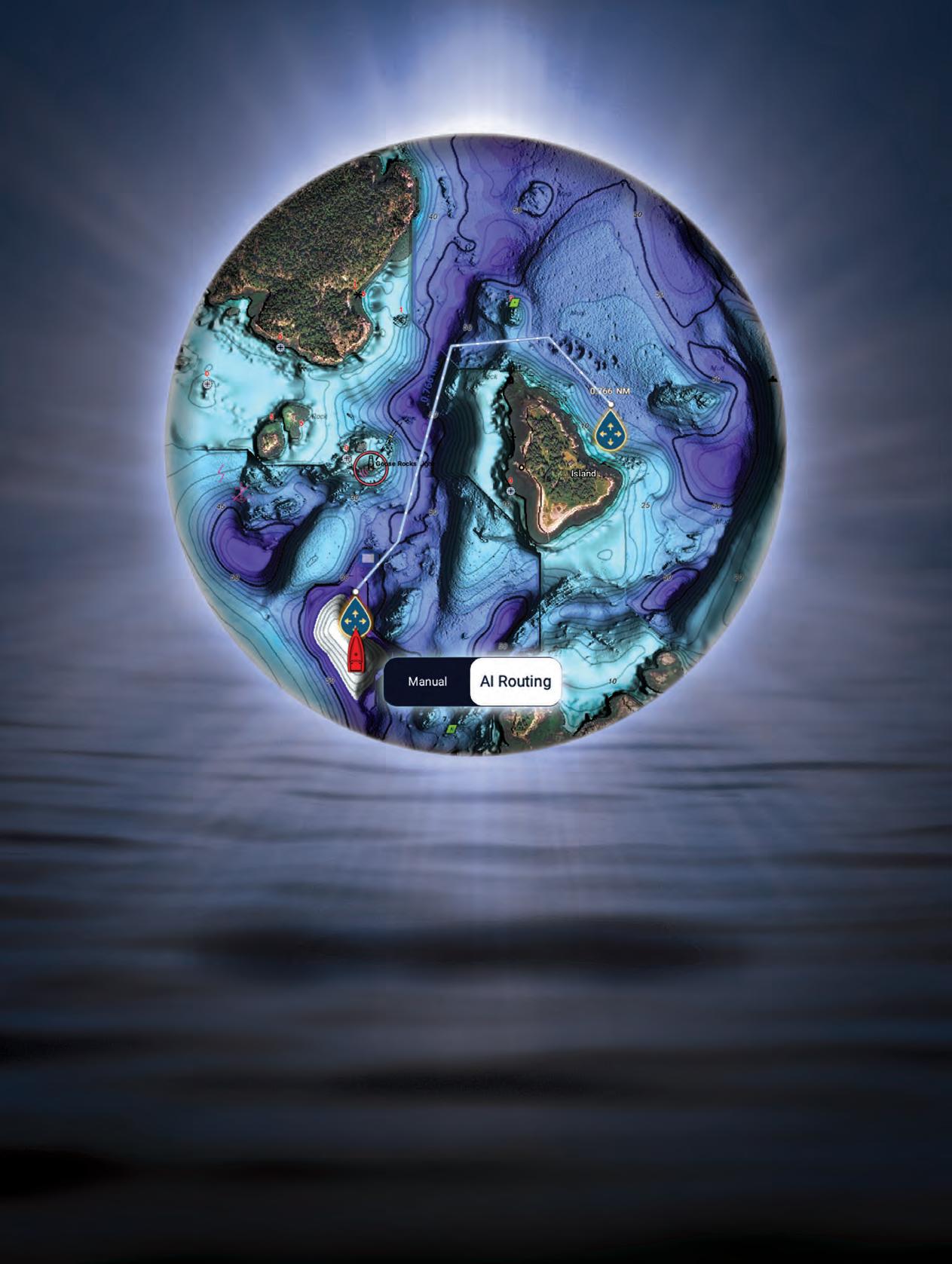
You want AI Routing! Let TZ MAPS with AI Routing make route planning a snap. Don’t take our word for it. Scan here to see for yourself how easy it is!

















You want AI Routing! Let TZ MAPS with AI Routing make route planning a snap. Don’t take our word for it. Scan here to see for yourself how easy it is!











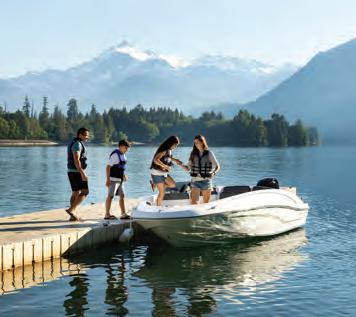






Embarking on the open water is an exhilarating experience, flled with the promise of adventure and relaxation. Whether you’re a seasoned sailor or a weekend cruiser, protecting your vessel with proper insurance is not just a choice—it’s a necessity. Explore the reasons why every boat owner should prioritize boat insurance for a worry-free voyage.
The open water can be unpredictable, with unexpected storms, collisions, or other potential accidents. Boat insurance can give you fnancial protection if there is damage to your vessel, providing coverage for repairs or replacement.
Accidents on the water can result in damage to other boats, docks, or even injuries to passengers. Boat insurance offers liability coverage, which can pay for damages or injuries you’re liable for while boating, up to specifed limits, and lawsuit costs if you’re sued. This includes damage you cause to another watercraft or if someone on or near your boat is injured and you’re found to be legally responsible.
Unfortunately, boat theft and vandalism are realities that boat owners face. Boat insurance has comprehensive and collision coverage that can protect you against events outside of your control, including theft and vandalism.
Accidents on the water may lead to injuries for you or your passengers. Boat insurance offers a range of optional medical payments coverage limits, helping to cover medical expenses if you are in an accident or someone is hurt on your boat, regardless of fault.
If you fnanced the purchase of your boat, most lenders require insurance coverage to protect their investment. Having boat insurance not only fulflls these requirements but also gives you peace of mind knowing that your fnancial interests are safeguarded.


Some water municipalities and marinas may require proof of insurance for docking or accessing certain areas. Boat insurance allows you the fexibility to explore different destinations without worrying about entry restrictions.
Emergency towing and assistance
Progressive boat insurance can include optional Sign & Glide® On-Water Towing coverage. If your boat is disabled or breaks down on the water, Sign & Glide® pays for on-water towing, jump starts, soft un-groundings, and fuel delivery.
Wreckage removal
If your boat sinks, Progressive boat insurance will cover the cost of removing your boat from the water (if removal is legally required).
Investing in boat insurance is not just about protecting a valuable asset; it’s about safeguarding the memories, experiences, and joy that come with your on-water adventures. Don’t let unforeseen circumstances disrupt your journey—navigate with confdence, knowing that Progressive boat insurance has you covered. Ensure a smooth and worry-free voyage, because when it comes to your boat, peace of mind is the ultimate luxury.
Scan to get a quote in as little as 4 minutes
learn more.




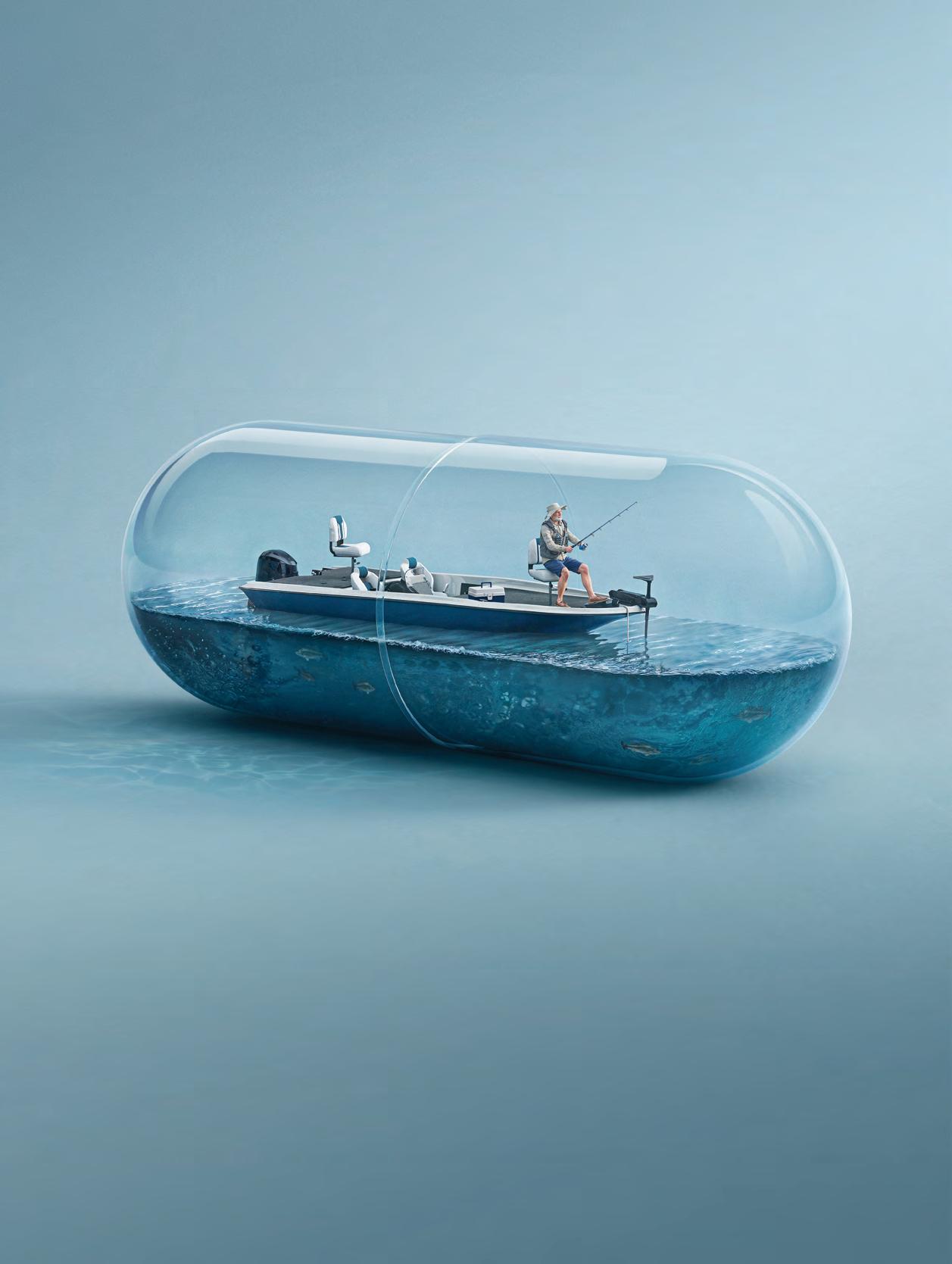
















Tim Barefoot
Since the endangered, gag grouper and American red snapper are o!-limits this month, it would be a good time to go deeper and/or change up your tactics to target di!erent species. For example, go ahead and catch your three scamp/red grouper combo, then switch over to smaller baits and smaller circle hooks on chicken rigs to target beeliners, trigger sh grunts and seabass.
I would strongly suggest taking live pin sh from the marina for scamps and red grouper. is will accomplish two things. One, it will weed out a bunch of trash bites from smaller snappers and other bait steelers because only the sh with a mouth large enough to eat the pin sh will give it a go, and two, it will catch the older (larger) sh that o en will not bite a chicken rig and cut bait. e chicken rig with a bank sinker, and the bank sinker with a triple swivel, leader and hook have been the industry standard for many decades, but these sh have evolved and have become savvy to this method, in my humble opinion. is is the reason the Decoy Jig system is so e!ective. ey’ve never seen anything like it and it’s a clever disguise of what is really happening; the weight and bait are in one clean package, attached by a piece of %uorocarbon.

ere is one downfall to shing live pin sh on the Decoy Jig—it will de nitely get the shark bite. Sharks, like many other sh, are hardwired to eat this struggling bait attached to something else they like to eat, like a squid or a crab.

ere’s another sh I didn’t mention earlier, but this is a good time of year to target hog sh. ere are many schools of thought when it comes to catching them. Many say the chicken rig is the ultimate and, yes, there have been a lot of hog sh caught on your standard chicken rig. But this is a pretty wily species, and hard to catch for a number of reasons. Not only are they hard
to get to bite, but they pull HARD! You have to have seriously strong connections because they will test every part of your tackle. ere’s one more sh that is almost as good table fare and that’s the white jolt head porgy. Same tactics, same everything; you just gotta nd them. ey are beyond delicious. You can troll all you want, but I’ll spend my time bottom shing for the best groceries and keep the light line out back for any wahoo, dolphin, kings or tuna that may cruise by. It pays dividends to jig up live cigar minnows and live sardines on the Sabiki or just purchase them for the light line. August and September are the months that wahoo, yellow n, dolphin, sail sh— you name it—are everywhere inshore following big schools of bait, and a live cig or sardine will de nitely get the bite. I would de nitely keep a live pitch bait ready on a circle hook on piece of %uorocarbon for the sail sh that’ll swim by the boat. Keep the thumping music, cooler slamming loud everything to a minimum if you want to have a shot at getting some of these sh to swim up to the boat. Fact: You’ll see more sh near the boat when you’re quiet, otherwise they will keep their distance and you probably won’t see them, and they’ll have their guard up if they do get near the boat.
Go on, get down to the bottom or at least lower in the water column for the best groceries and keep a pretty live bait out back on the lite line for a great day of catching...not shing.
Check out more from Tim Barefoot at barefootcatsandtackle.com.

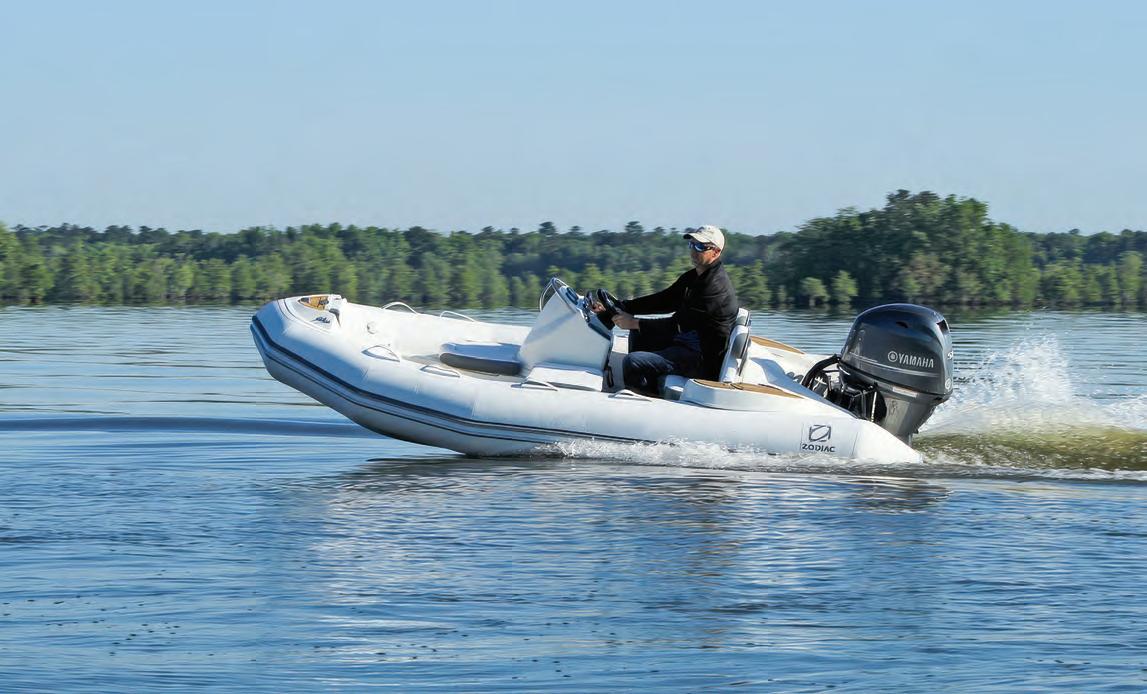
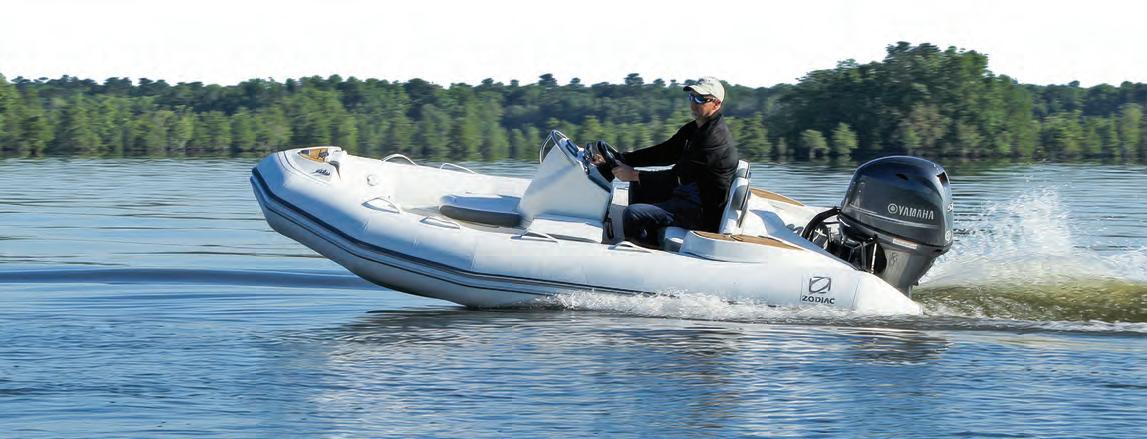


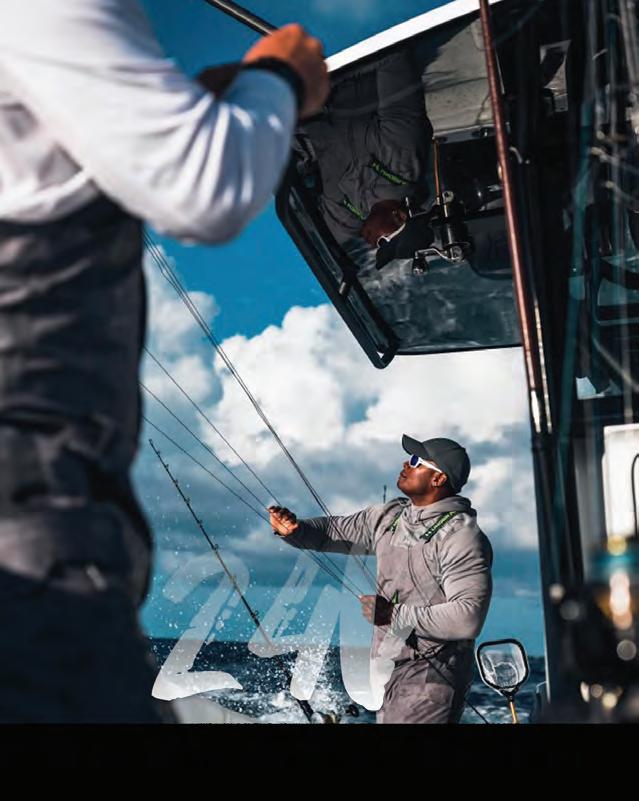










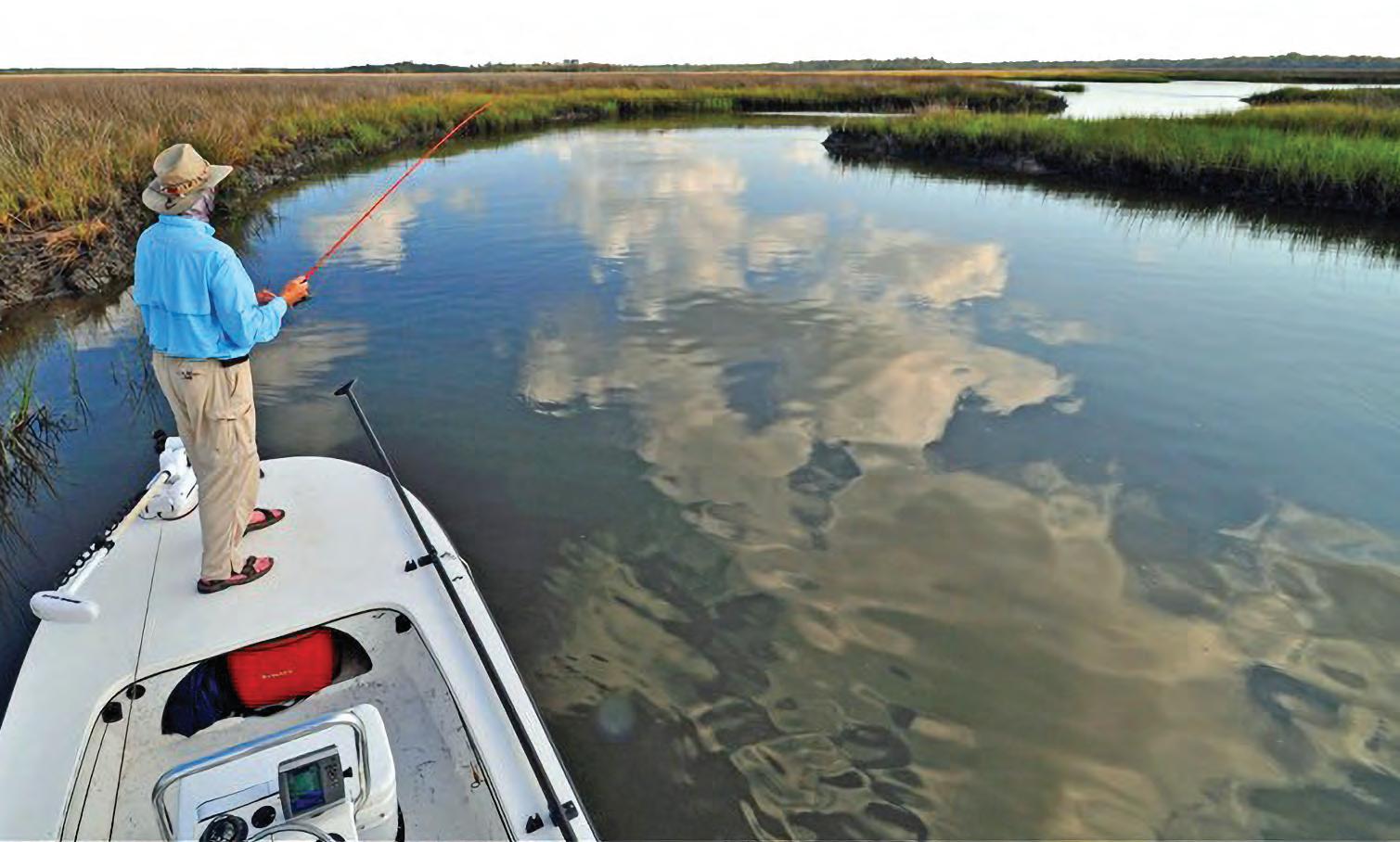
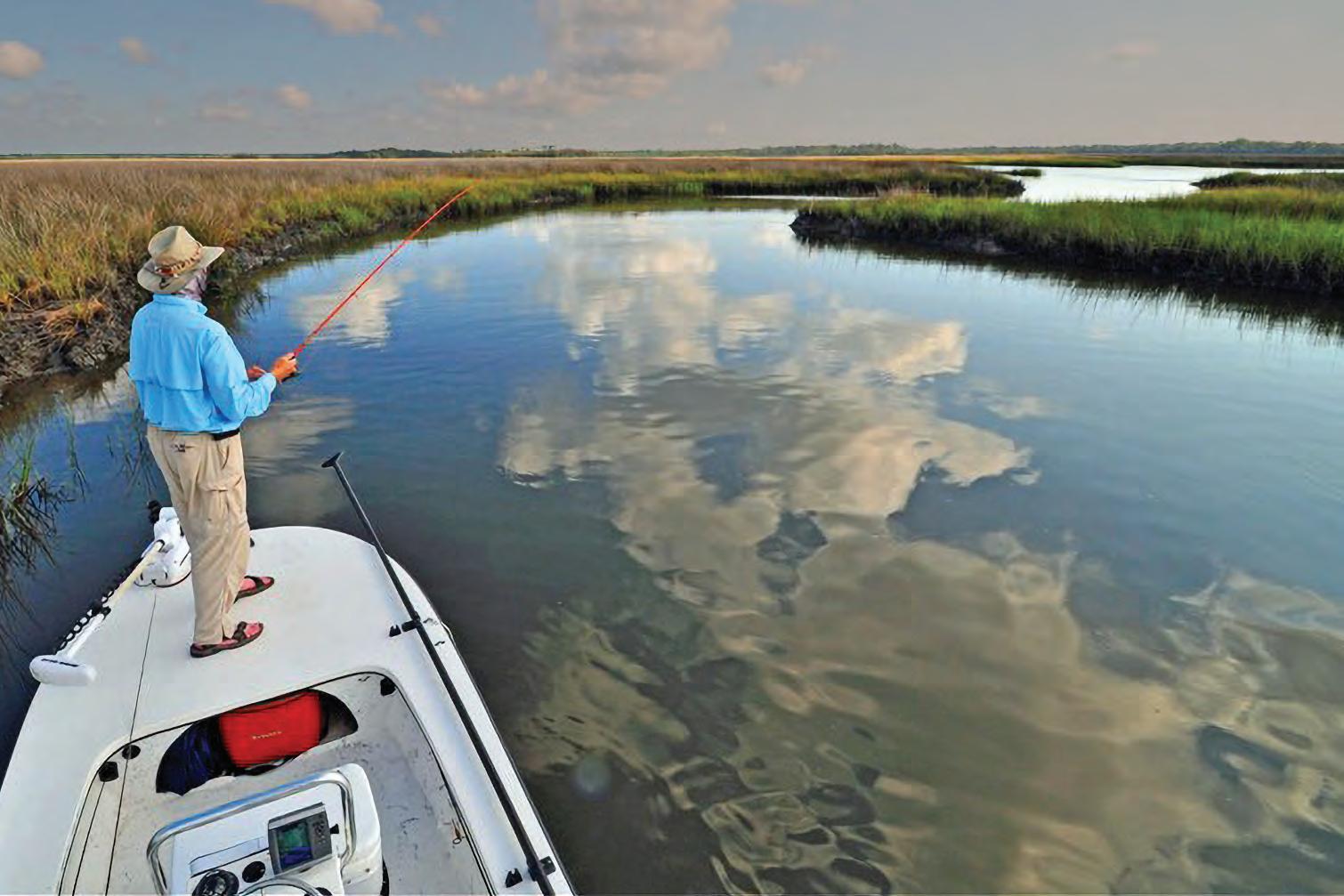
By Joe Woody
Somewhere in McDowell County, North Carolina, where the Blue Ridge Mountains lean in close and the rivers run clear enough to drink, there’s a place where sh outnumber people, and cell service is more suggestion than fact. It’s a land of steep gorges, sparkling lakes, and waters that curl through the woods like they have secrets to keep. Welcome to the triple-threat shing grounds of Lake James, the Linville Gorge, and the Catawba River — tucked into a county that doesn’t make much noise but delivers in trout, bass, and backcountry beauty.
If you’ve never heard of McDowell County, don’t worry — that just means the sh haven’t heard of you either, and your odds are still good. Whether you’re a dry-%y purist with a hip pack and a “River Runs rough It” complex or someone who likes to toss worms near pretty rocks, this corner of the Carolinas has a spot for you. Bass are stout and sassy. Trout are plentiful, and they have attitudes to match. So gas up the truck, tie on something that worked last season, and head for the hills. e shing is great, the views are even better, and McDowell County is ready to welcome you — even if the trout aren’t.
Lake James is the area’s big-water bu!et. is 6,800-acre reservoir between Burke and McDowell counties o!ers smallmouth and largemouth bass, walleye, crappie, bluegill, hybrid striped bass, and cat sh. Spring and early summer bring aggressive smallmouth to the surface from April to June. Tossing a Pop R or a Zara Spook at dawn can trigger explosive strikes. Crappie move shallow in May and June, while cat sh linger year-round, especially from fall through early spring. Bass shing is best around rocky points and submerged trees with crankbaits or so plastics. Walleye respond to trolling or jigging near the dam. If you’re a er cat sh, bring cut bait and patience. Lake James State Park has public ramps, campgrounds, showers, and picnic shelters — perfect for anglers who like their wild with a touch of comfort.
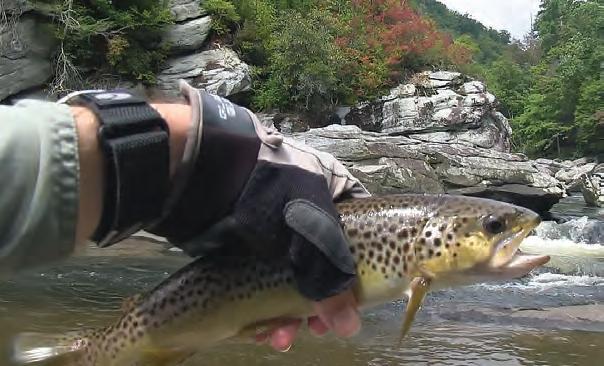
If Lake James is your comfy recliner, Linville Gorge is the rugged Adirondack chair that bites back. Known as the Grand Canyon of the East, this steep gorge is home to the Linville River, one of North Carolina’s best wild trout waters. e upper river holds wild and stocked rainbow, brook, and brown trout. Below Linville Falls, you’ll nd a backcountry adventure with native browns lurking in clear pools. Reaching prime spots requires steep descents, with some trails dropping 1,400 feet. e solitude and scenery reward every blister. Bring light tackle, stealthy casts, and plenty of water. Spring hatches bring trout to the surface, and a well-placed dry %y can tempt a wary sh. Remember your headlamp — climbing out in the dark is no fun.
Below Lake James, the Catawba River %ows cool and clear, sheltering rainbow and brown trout that grow large and wary. Float trips are ideal. An eight-mile dri from Bridgewater Dam to Morganton delivers ri sh. e Joseph McDowell Greenway o!ers piers, canoe launches, and bank access perfect for beginners or families. Streamers and weighted nymphs excel in the tailwaters, while warmer sections downstream attract bass and pan sh.
Wherever you cast, the sh here don’t come easy — but they come honest. And in this corner of the Blue Ridge, that’s the best kind of bite.






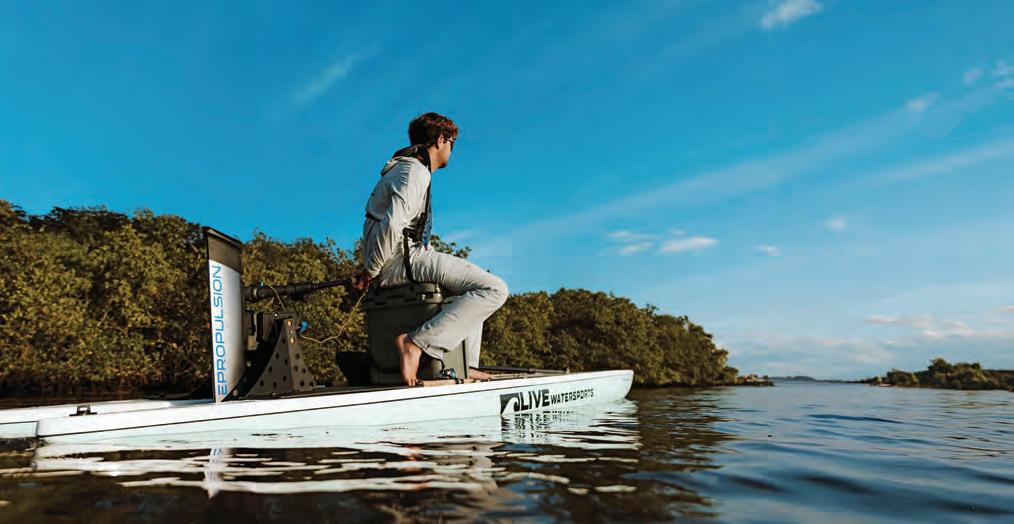












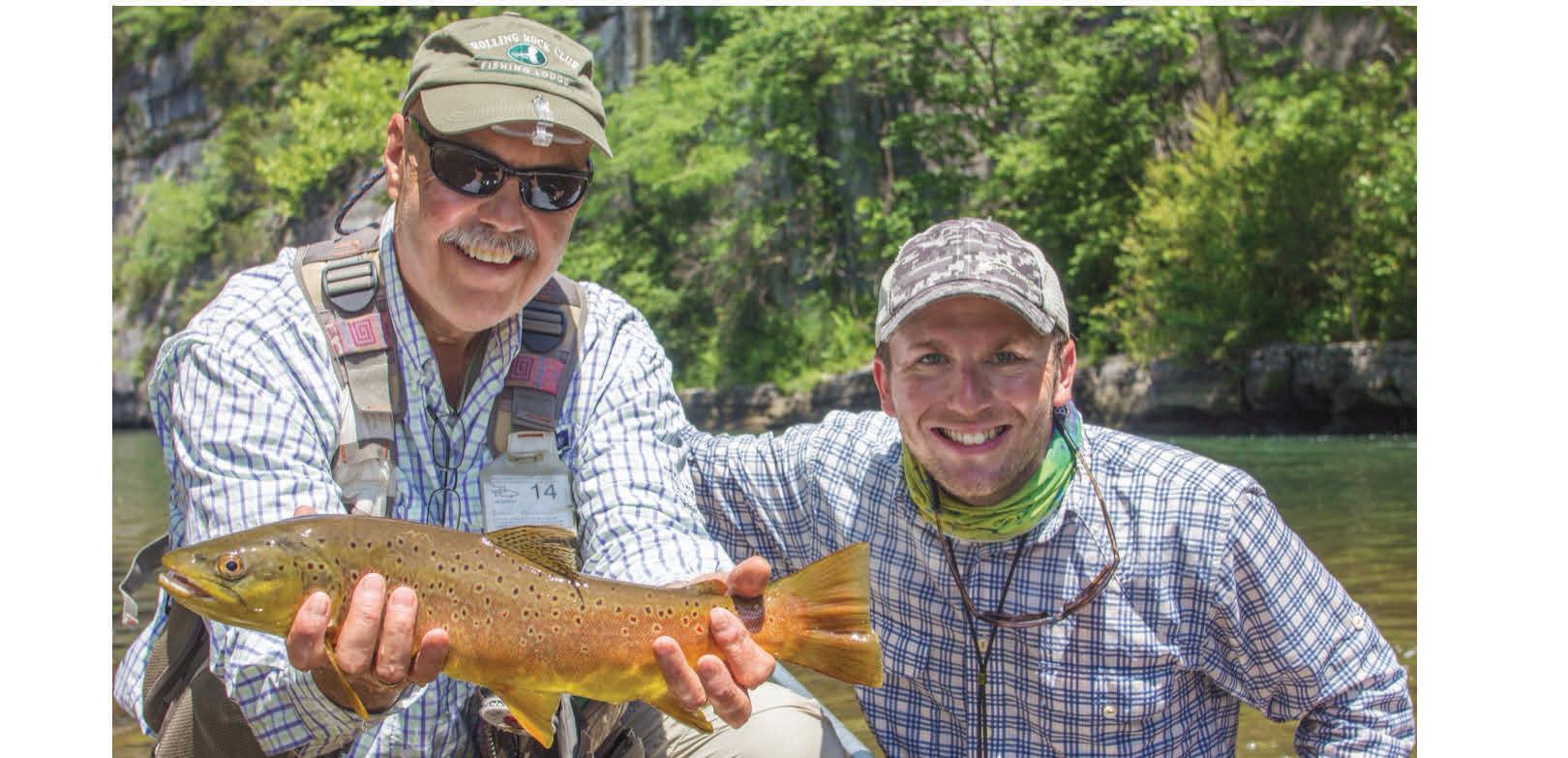




Capt. Mike Smith
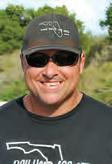
Black drums, aka “Big Uglies,” are a super fun sh to catch. It doesn’t matter if they are 18 inches weighing two pounds or 5 footers weighing 90 pounds. ey put up one heck of a dragpulling ght once they gure out that they’re hooked.
Black drum can be found in inlets, saltwater estuaries, bays, river mouths, brackish creeks and especially anywhere in close proximity to oyster beds as they love to eat oysters, clams, crabs, shrimp and bait sh. ey are o en in huge schools and will stay in one spot for a week or so if there is a lot of food for them and not a lot of predators, which means that you can catch dozens of them when the bite is on.
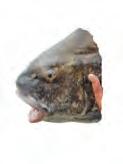
My favorite way to target “big uglies” is on the incoming tide, in shallow estuaries, less than 3 feet deep. at is when you can see them tailing as they root around oyster clumps for crabs and shrimp. A well-placed shrimp or crab o!ering will get their attention very quickly. Make sure you have enough weight to get it to the bottom so they can nd it.
on them. De nitely sh the older docks with the most stu! growing on them. ese docks pilings will attract the most crabs and shrimp to them. Old dock pilings are like grocery stores for black drum. When I sh the docks for black drum I usually have one of two baits with me. Live or frozen shrimp or a scented shrimp jig. ose are my goto baits for drum around the docks. Real shrimp works the best, but the scented jigs are pretty good too. A shrimp rigged with a small split shot is how I usually target black drum. Just cast it to where you think the sh are and wait for the hit. If you are shing with a scented shrimp jig just bounce it slowly on the bottom as you reel it in. It is similar to the way that you would sh for a %ounder. e slower the better.
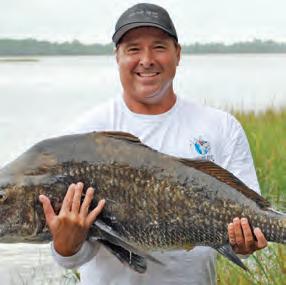
Black drums have four nostrils, and their sense of smell is amazing, so the stinkier the bait, the better when targeting these sh. A great arti cial bait is the Berkely Gulp shrimp on a 1/8 ounce jig head. You can just cast it to the sh and let it sit on the bottom and wait for them to nd it. However, if you give it a bounce or two you will usually get their attention much more quickly.
Another great place to target “big uglies” is around docks. Dock pilings tend to have lots of oysters, clams, barnacles and sponges growing
For surf shing anglers, large schools of black drum typically work their way up and down the beaches in the cooler months feeding on crustaceans. Use a beefed up pompano rig, jig or sh nder rig and place them in front of the schools approaching. Long casts are o en needed, so be sure to have plenty of line capacity on your surf shing reels when targeting the large ones. Not to mention, once you hook into a big drum the drag is going to go screaming! You’ll want anywhere from 20-50 lb. main line for your best opportunity to land one.


Black drum make for a tasty dinnertime treat, but I wouldn’t suggest eating the big ones. ey are always full of worms. I nd that the best ones for eating are 28 inches or less in length.
I caught the black drum in the picture above on a dead shrimp. It was about a 50 pounder and took 30 minutes to get it in. I saw it tailing next to an oyster bar.
Capt. Mike Smith, owner of Fish Your Ass O Charters, is an inshore shing guide who has been shing the inshore waters, oyster bars and grass ats of Florida for more than 40 years. Reach him at (561) 339-2317, email: contact@ shyourasso .com or visit shyourasso .com.
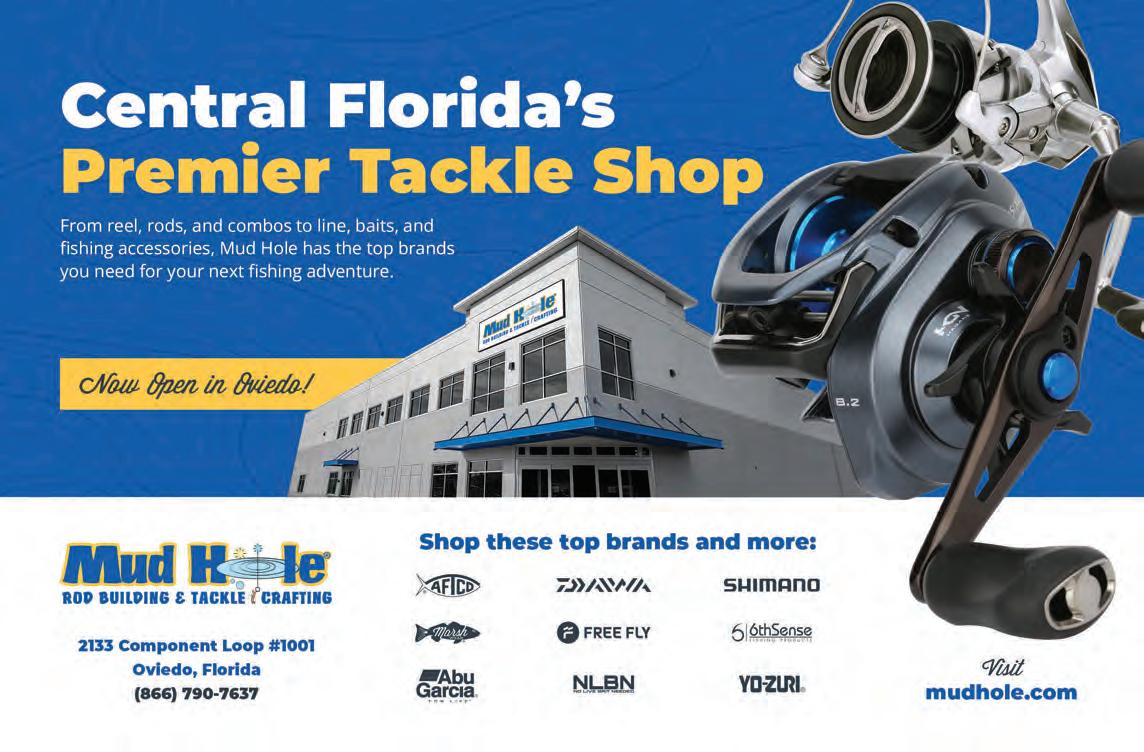

By A. deGruchy
Late spring into early summer is prime time for permit in Islamorada. !ese sh are picky, powerful, and love crabs, so having the right gear and approach can make all the di erence in getting one to the boat.
A 7’ to 7’6” medium-heavy spinning rod with a fast action provides the backbone needed to handle their long runs and sudden bursts of speed. Pair that with a high-quality reel in the 4000–5000 size range, spooled with 20–30 lb braid for better sensitivity and hook-setting power. Personally, my go-to is the Fenwick Inshore Elite rod paired with a 4500 PENN Authority reel. Since permit are known for being line-shy, uoro leaders are a must. 20 lb leader is ideal along with a 2/0 circle hook to increase the chances of a solid hookup. We rely on the Mustad Demon inline circle hooks and they’ve never let us down.
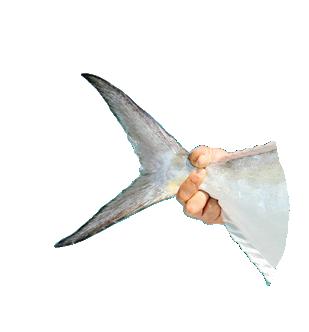
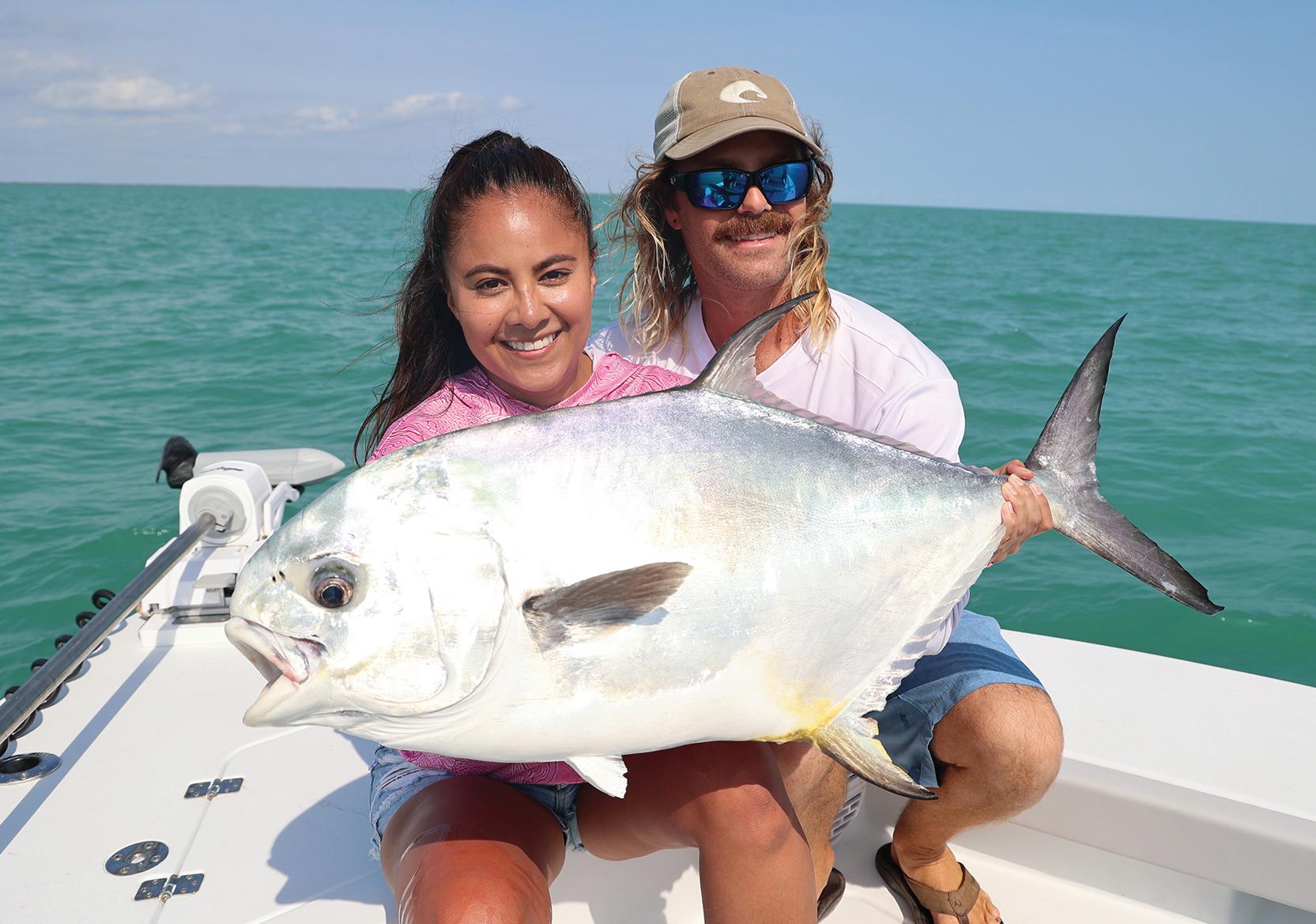
Finding permit in Islamorada means knowing where and when to look. Flats and channels are

the best spots, as well as some public wrecks. Watch for sh tailing in shallow water or cruising deeper cuts, or schools of permit circling wrecks. A moving tide, whether incoming or outgoing, stirs up crabs and gets permit feeding. When presenting bait, it’s important to cast ahead of where the Permit are heading, let the crab sink naturally, and maintain light tension.
Patience and stealth go a long way when targeting these sh. If a permit is spotted, it’s best not to rush. A smooth cast, a natural bait presentation, and a little patience can make all the di erence. Once hooked, steady pressure and a good drag system will help handle their powerful runs. May and June in Islamorada o er some of the best permit shing of the year. If you’re ready to chase permit in Islamorada, book your trip now at www. beansport shing.com, spots are limited!
Be sure to follow deGruchy’s adventures at @bean_sport shing on Instagram and YouTube.



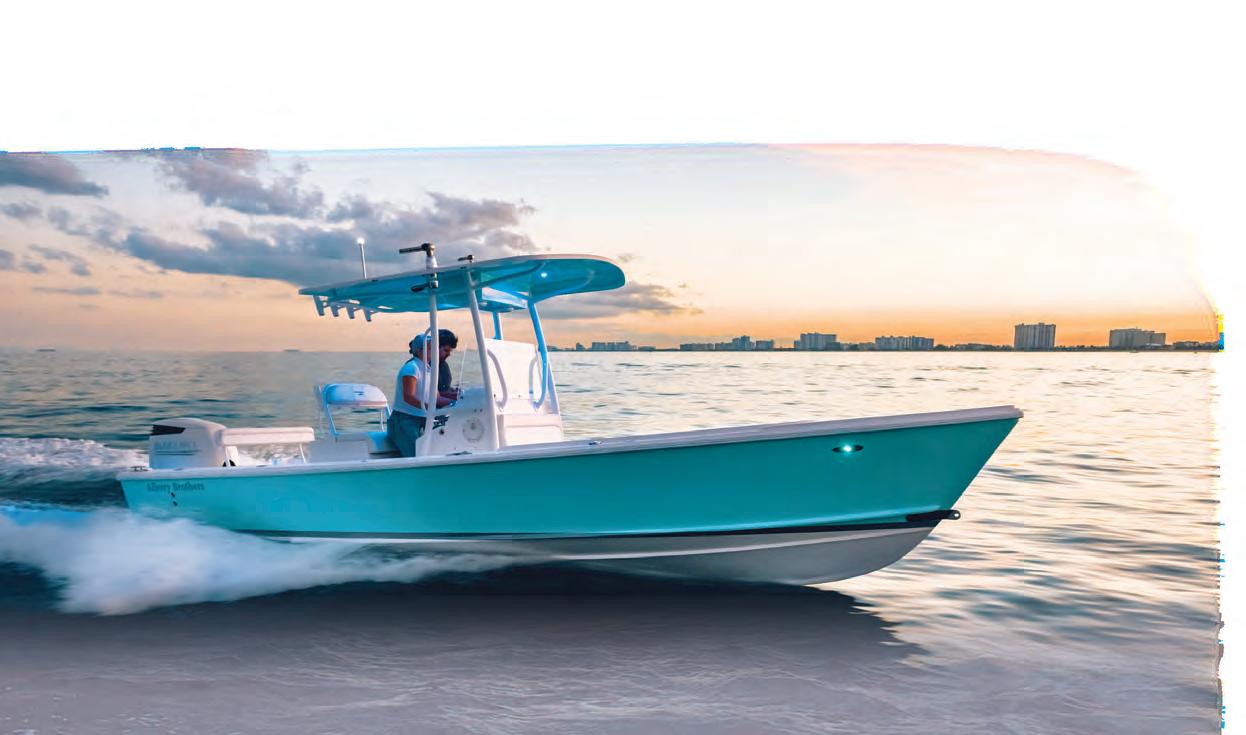

Stationed strategically around the East Coast, all Suzuki RePower Centers have achieved the highest level of Suzuki certifcations to meet and exceed your repower needs. Mastry Engine Center has received the Suzuki Marine Super Service Award and has been ranked #1 in Suzuki Marine US Sales! 60 YEARS OF REPOWER EXPERIENCE!

RePower Packages designed to best ft your needs and not stretch your budget. Financing available.

Rest assured, all Mastry Suzuki RePowers are backed by Suzuki’s industry leading 5-year or 7-year factory warranty.
When Considering A Repower, Consider These Factors:
•Every Authorized Mastry Suzuki RePower Center has decades of repower experience providing proper rigging, controls, propeller matching and in water testing
•With a Mastry Suzuki RePower, owners gain improved performance, less noise and greater reliability
•Mastry Suzuki RePower’s exclusive Owner’s Edge Program*
•Mastry Suzuki RePower Centers use authentic Suzuki OEM parts and have factory certifed technicians


Since 2014, Mastry Engine Center, has been building the premiere Suzuki Outboard repower network in Florida. Today, Authorized Mastry Suzuki Outboard Centers have been exceeding expectaions in the Southeast for over two decades. Recently Suzuki Marine requested Mastry Engine Center to expand the network throughout the Northeast. Now boat owners from Maine to Florida can be assured of the best support for their Suzuki outboard repower project. All Authorized Mastry Suzuki RePower Centers provide the best options, information and package pricing for excellent performance in repower.

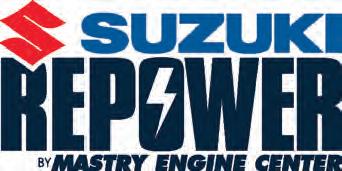




*Get with the Program!
When you purchase a new Suzuki outboard from an authorized Mastry RePower Center you qualify to become a member of the Mastry Suzuki Owner’s Edge. Owners receive an identifcation card that provides them with important information about their Suzuki outboard motor as well as a passport to additional benefts during ownership. Members enjoy a detailed engine maintenance schedule, Mastry Suzuki RePower Trade Program and special pricing from Mastry Suzuki Partners.
When summer rolls around and the tides align, there’s no place I’d rather be than Southwest Florida—with a rod in hand and visions of giant snook dancing in my head. !is year, my buddies and I made the pilgrimage with a simple mission: land a personal best. Big sh only. No compromises.
Dawn Patrol: First Cast, First Heartbreak
Our daily rhythm was dialed in: sh at rst light, break for lunch and a nap, then hit the water again at dusk. On our rst morning, we were thighdeep before sunrise, casting into the mystery of the early light. Within minutes, I hooked a brute. It crushed my lure and made a blistering run—until my line snapped clean. Devastated, but not alone; the others were tight on steady 20–25 inchers. We spot-hopped the rest of the morning, landing a solid variety of sh, then rested up, ready to tangle with giants again at dusk.
Evening Drama: Three Strikes !at evening, we waded into a legendary snook haunt. I connected again—with something even bigger. A er a long, nerve-wracking battle, my
leader snapped. Again. Moments later, John hooked into a monster that nearly emptied his spool… and then his leader failed too. We were stunned but red up. !e big girls were here.
I re-rigged and kept casting. Soon enough, another explosion on my paddle tail—this one the biggest yet. She breached once, massive and thick. !en, just like that, gone. My third heartbreak of the day. Lesson learned: if you’re chasing giants, bring the heavy gear.
Turning the Tide
By Capt. Michael Okruhlik

massive strike. !e sh peeled line o like a runaway train, then turned and charged. I cranked fast, heart in my throat. !e ght was clean, intense and unforgettable.
Day two brought redemption. Je landed his personal best—an impressive 34-inch snook on a 4” Knockin Tail Lure. I was eager to return to the spot that broke us, but a sudden evening storm shut us down.
Final Shot, Forever Fish
Our last morning o ered solid action—snook to 8 pounds, nothing to complain about. Still, I couldn’t shake the thought of one last chance that evening. No storms. No wind. Just at, silent water and that nal opportunity.
She measured a fat 38 inches, bottoming out my 15-pound scale. Hooked right in the jaw, leader untouched. My new personal best.
The Verdict
!is trip was a rollercoaster—equal parts frustration and triumph. But that nal evening, under a fading Florida sun, everything came together. And that’s what keeps us coming back: one cast away from glory.
Capt. Michael Okruhlik is the inventor of Knockin Tail Lures®, and the owner of www.MyCoastOutdoors.com.
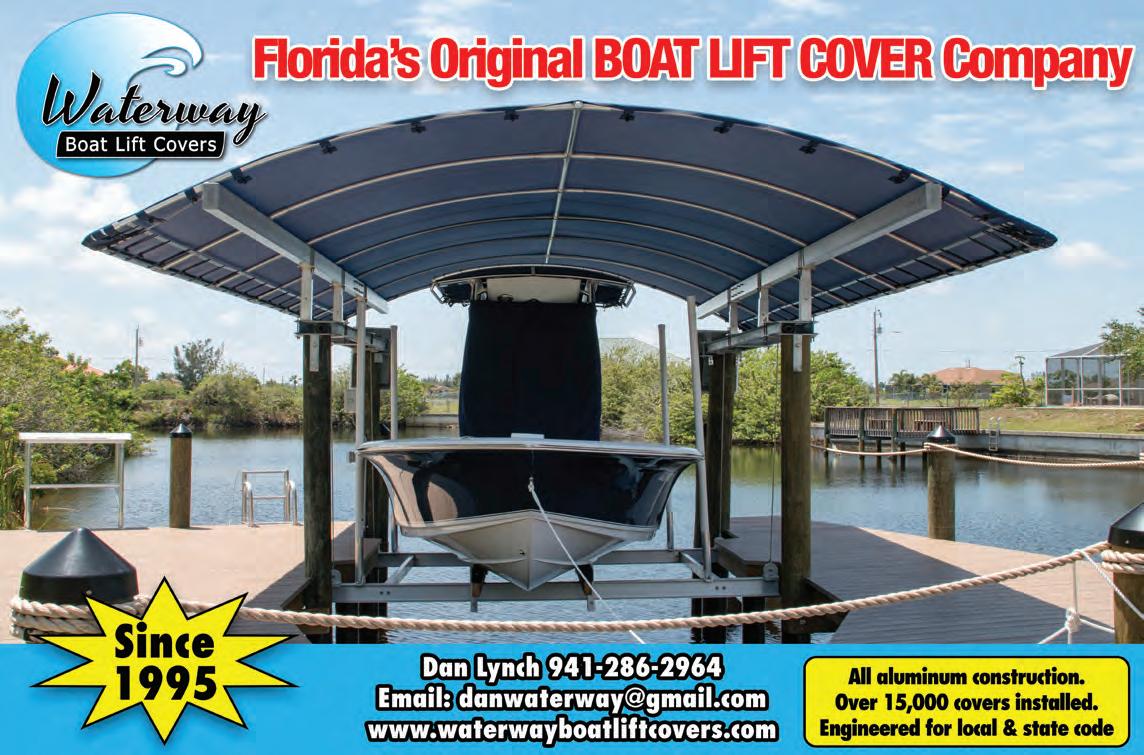
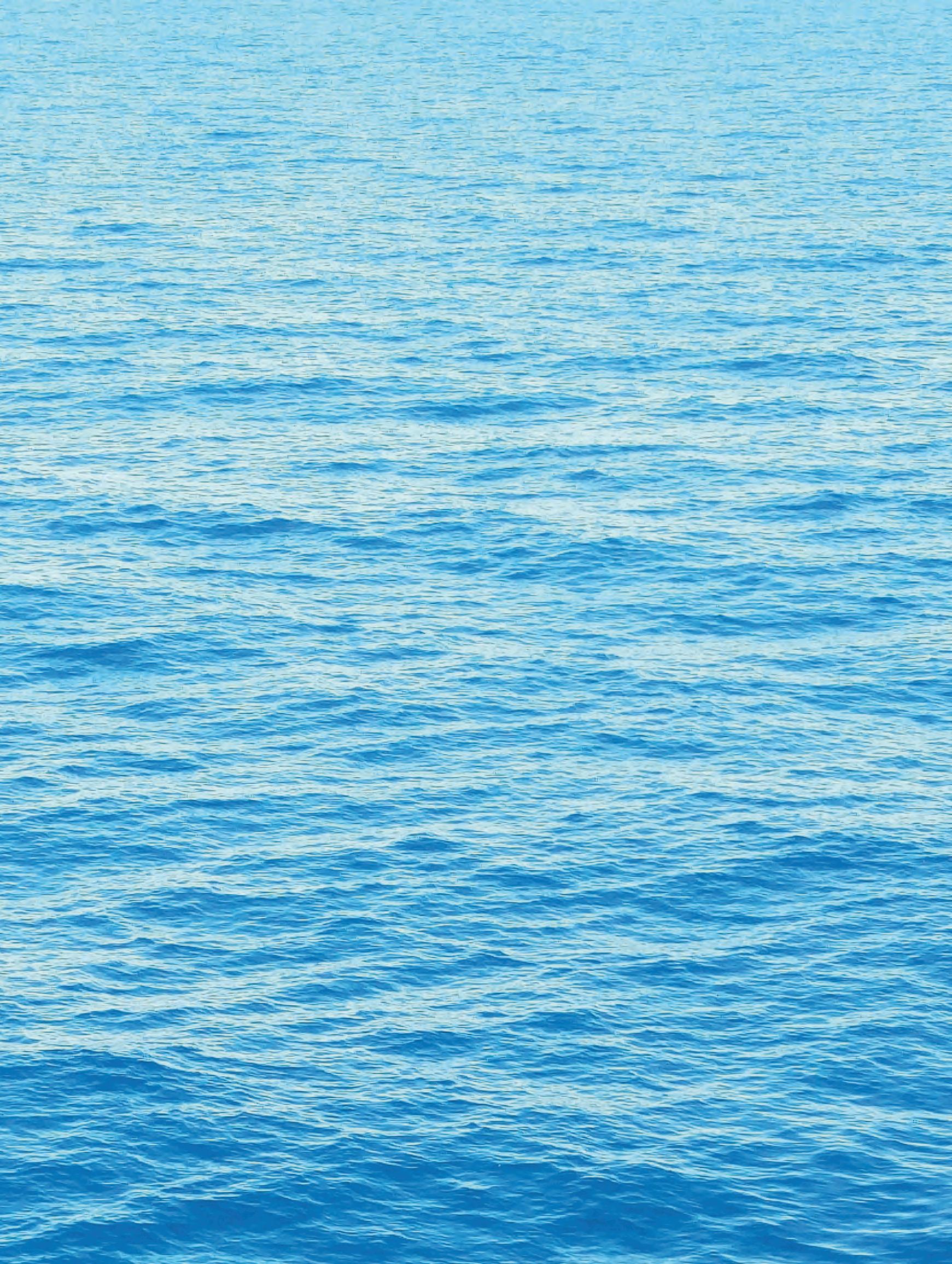




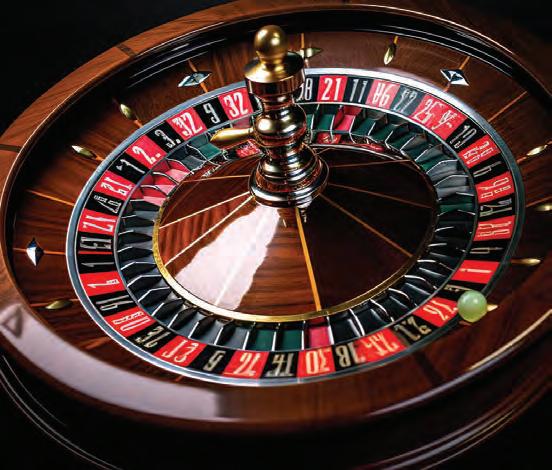





Boca Granda Pass, Charlotte Harbor, and the Flats
s we slide into August, the fishery has been very good. There are a lot of hungry snook out on the bars and barrier islands. Look for good moving water on the islands, and you'll find feeding fish there.
A good number of tarpon are still in the harbor; areas like the deeper holes and river mouths will hold fish. This time of year, the ladyfish begin to school up on glass minnows. The birds will be on this feeding frenzy. Often, the large tarpon will be there feeding on ladyfish if you get lucky enough to encounter this! Get a bait out as quickly as possible. If you're looking to get a junior angler interested in fishing, these schools of ladyfish will keep them busy.
As fall gets closer, the red fishing will be on the upswing. On higher tides, fish big mangrove overhangs with good tidal flow. On the lower outgoing tides, these same fish will drop off into potholes or will be hanging on the bars. Also, keep your eye open for large schools of mullet. Red fish will often hang with them. Reds aren't the pickiest of eaters on the harbor. If possible, chumming will help get them fired up. However, anything from pinfish to shrimp and even cut baits will work. It's still our rainy season, so keep an eye on the sky.
— Capt. Dave Stephens 941-916-5769 | www.backbayxtremes.com



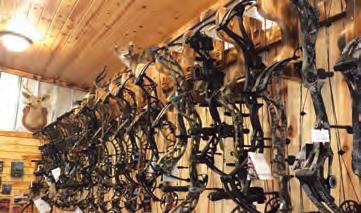

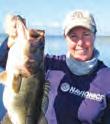
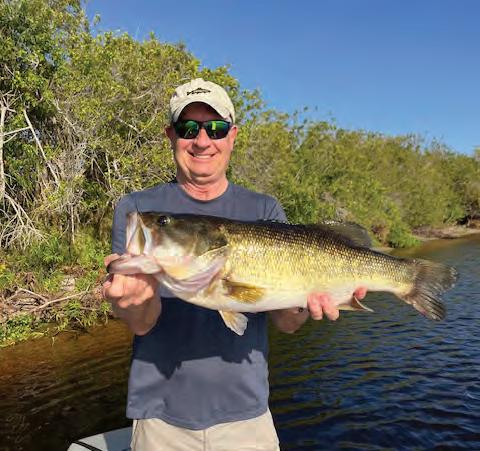
Bass and bream fishing have been on fire on the Kissimmee River and some parts of the lake. Early morning hours are best until around noon-1:00, then the heat of the day kicks in, and/or afternoon t-storms will run you off the water. Bluegill limits are being caught, especially around the moon phases; some crappie are still biting around structure like bridge pilings, and bass are being caught on artificial lures and shiners.
For bream fishing, I’ve been using red worms rigged on ultra-light spinning tackle, sometimes with a bobber, small split shot weight, and small hook, or sometimes just a weight and hook. Some people will walk the bank with a net for grass shrimp, which also works great for bream.
Areas on the lake that are fishable/reachable by boat are Tin House, Kings Bar, Grassy, around Dupree bar, Observation Shoal, and the Kissimmee River. Bass are biting on big worms, spinner baits, crank baits, Carolina Rigs, early morning top water, and jigs. Colors to try are: Red shad, Junebug, White, Watermelon/Red, Bream/Crawdad colors for Crank baits, and gold double-willow leaf spinner bait blades with black/blue or white/chartreuse colored skirts.
When boating on the lake, please exercise extreme caution; the lake level is very low, and certain areas have a rocky bottom. To book you’re next fun time on the water fishing for bass and/or bream, call 863-228-7263. My website is kept up-to-date with information about customers, including their catches, trip details, past fishing reports, fishing license information, hotel accommodations, guide trip pricing, and more. I can accommodate groups and offer discounts to veterans, available for multiple days. www. southfloridabassfishing.com is a great time to book for the upcoming bass and crappie spawning season, which typically begins in October. Thanks to all my sponsors: Mercury, Toho Marine, Gill, Lews, Bullet Weights, Gene Larew, Pradco Brands, G-Loomis, Mid-South Tackle, and BnM Poles.
— To book you’re next fun day fishing, call 863-7263 or check out my website, where you’ll see up-to-date info, customer catches, hotel info, past reports, and more www.southfloridabassfishing.com. I can accommodate groups of people; I offer Veteran and one-person discounted trips. Inquire when calling to book.
A big thank you to my sponsors: Mercury Marine; Toho Marine (St. Cloud, Fl); Bullet Weights; G-Loomis; Lews; BnM Poles; Bobby Garland; Rapala; Gill; Gene Larew; Lurenet.com

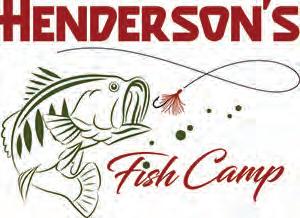




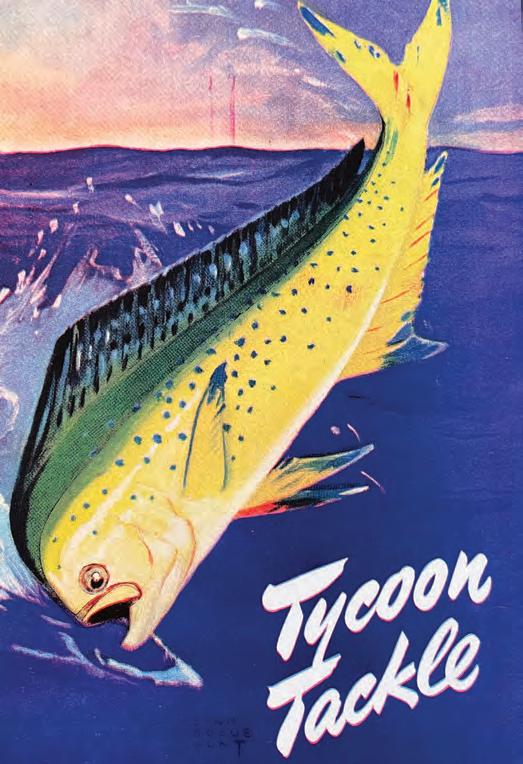
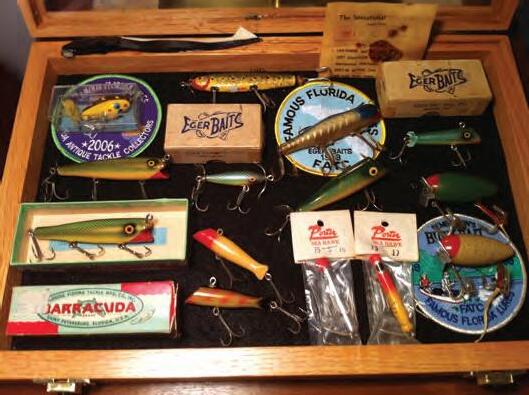

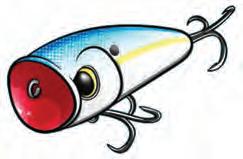
By Doug Williams
The Gilded Age of Big-Game Angling began in 1935, centered in Miami, Florida, due to Miami’s proximity to the Gulf Stream and the “big fish” waters of the Bahamas. An extremely talented and renowned angler, Frank M. O’Brien, Jr., and his new fishing rod business, Tycoon Tackle, Inc., would emerge to make significant and lasting contributions to the sport of big-game angling.
In the early 1930s, Frank O’Brien began building fishing rods as a hobby to improve his chances of landing big fish. He was fascinated by the stories of “tacklebusting” fish, weighing more than 500 pounds, which were being caught in the Bahamas at the time. O’Brien came to believe that he could combine his hobby, his passion for angling, and his desire to make a superior fishing rod, and change the sport of big-game angling forever.
O’Brien traveled to Bimini and Cat Cay, where the biggest fish were supposed to be, and where the well-known anglers and skippers gathered. He fished with and talked with them to learn what they needed and what they wanted in fishing rods. A writer for the Miami Herald summarized Tycoon Tackle’s early days as follows: “When Frank O’Brien started making rods to catch big fish, he didn’t sit in his factory and build by guesswork. He went fishing where the big fish were, caught them himself, and watched other anglers. In short, Frank was personally on the job, observing why early fishing rods failed in the task set for them and gathering ideas from anglers and fishing guides on what these rods lacked. He listened to every complaint and suggestion.”
The first fishing rods made by Tycoon Tackle were made from solid pieces of wood, mostly hickory. The hickory used was the finest second-growth, hand-split, air-dried, and treated with a special process to give it strength and elasticity. Not satisfied with rod performance, O’Brien created a new rod manufacturing process, like that used in the construction of archery bows. This “new and entirely different”





type of heavy-duty rod was constructed of three kinds of wood (hickory, snakewood, and bamboo), in five separate laminated sections. Each type of wood performed a defined function in the overall performance of the rod, providing essential flexibility and strength.
The new process was revolutionary, and after extensive testing, this model of fishing rod was given the name “Bimini King”. The Bimini King began to produce notable catches almost immediately. Still, the legend began on August 6, 1936, when Michael Lerner landed a 601-pound broadbill swordfish from a 16-foot dory using the Bimini King. The Bimini King would become the most famous and sought after of the Tycoon Tackle products for several decades thereafter.
As Tycoon Tackle improved manufacturing technology and techniques, it was no longer necessary to build heavier tackle to catch bigger fish. Fishing tackle could be made lighter and better, which incorporated O’Brien’s philosophy of “catching the biggest fish on the lightest tackle”. As Tycoon Tackle continued to refine rod designs and improve hardware, many new rods were introduced, such as the H.R.H. (His Royal Highness), Regal, Scion, and Royal Hickory. Each of those rods was configured for specific purposes and customized to an angler’s preferences.
There is so much more to the Tycoon Tackle story, but I hope you have enjoyed this brief look into the life of a man who indeed combined his love of fishing with his passion for building a superior product. If you would like to learn more about vintage, antique, or collectible fishing tackle, feel free to contact me via text or telephone at 305-926-7526.




Located on 2,000 acres of Florida bays, pines, palmettos, and oaks, outside the small town of Lake Placid, the Lightsey Family Ranch is perfect for the avid hunter and outdoorsman. Owner and lifelong hunter, Lee Lightsey, offers you to a one-of-a-kind hunting experience, including wild hog, quail, pheasant, turkey, deer, and alligator hunts. During your hunt you are welcome to stay at our lodge which features room for up to 28 guests, a large lobby with a true old Florida feel, and a full time Chef ready to prepare your meals.


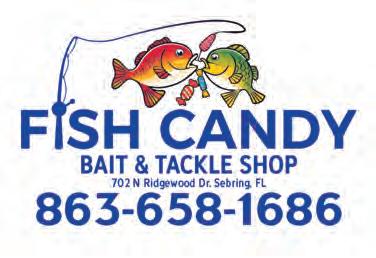
Custom Made Rods Available
Live bait including: Minnows, Shiners, Red Worms, and Nightcrawlers
Credit cards accepted
Follow us on Facebook Boat and RV storage available
702 N Ridgewood Dr. Sebring, FL 33870
863-658-1686
Summer Hours:
Monday - Friday 7am-5:30pm
Saturday 7am-3pm
Closed on Sunday
Jesse A. Choquette Owner-Operator
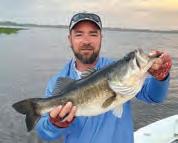
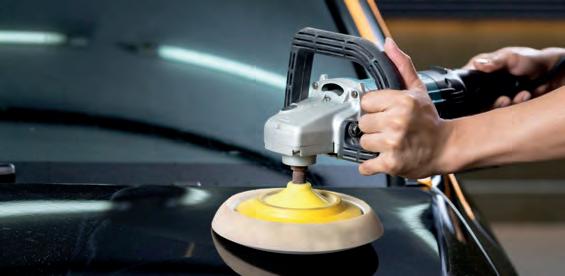






As our boat slipped into Lake Istokpoga with the barest whisper of sound, I instantly felt a tickle of anticipation. Jesse had given me a custom painted swim bait with glitter, and I couldn’t wait to use it! I had been pining for it since I first saw it on display at our shop. With it's pink and orange hues it looked like a Florida sunset, and it elicited a childhood memory that I still hold dear.
My sister and I were 5 and 6 the summer our parents gave us a plastic swimming pool. This was perplexing since we lived on an island surrounded by Georgian Bay. They were smarter than I realized since that pool was meant to be the aquarium that would hold our daily catch.
Dad fashioned poles out of sticks, line and nails bent at a 45-degree angle. Our rigs would have challenged the most skilled angler, but we were tenacious little tykes, undeterred by a lack of fancy equipment. Dad added to our resolve to succeed by sweetening the pot with financial gain! We would earn 5 cents per rock bass, 10 cents for perch and 25 cents for sunfish. Imagine our excitement!
Sunfish resembled my swim bait lure, and they were the holy grail of fish at 25 cents! We would while away the days snagging (literally) fish after fish and as the afternoons waned, we would fill that pool to the brim.
At days end Dad would count our bounty and add up our reward.
That summer we learned the importance of patience and the skill of fishing. We also learned it was fun to make money doing something you love. My sister and I both caught the fishing bug that summer and several decades later it still holds strong.
I still get excited when I catch a perch or a sunfish and it’s easier these days because I can use a grown-up hook! Thanks to Kingfisher Kustom Baits for providing this girl with a little glitter and a lot of nostalgia!
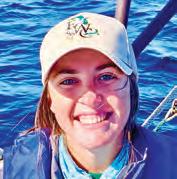
By Sara Menendez
How come there are no muskies or great northern pike in our Florida waters? I believe we have chain pickerel?
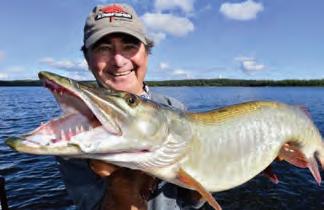
Alot of you who



northern pike, are a few of the common fish that are popular in northern lakes. Why don’t we see those fish in our Florida waters? The bottom line is that Florida waters become too warm for these fish to live in year-round.
Muskellunge is a fish species that is commonly found in the northern US states and Canada. These fish prefer water temperatures between 33°F and 78°F. Florida winters have water temperatures that drop within muskies' preferred water temperature, but once that spring and summer weather ramps up, muskies wouldn’t be able to survive. Muskies also prefer water with high dissolved oxygen levels, and the warmer the water temperature, the less dissolved oxygen the water holds, making summertime conditions unfavorable for muskies.
Northern pike is another fish species that can be found in northern US states and in Canada. These fish have a slightly higher temperature preference than muskies but thrive in waters between 65 and 75 degrees Fahrenheit. So, in similar fashion to muskies, these fish would probably do ok in Florida lakes in winter months, but the warmer waters would not be tolerable for northern pikes. However, our Florida lakes have two native species that resemble the northern pike: the chain pickerel and the redfin (or grass) pickerel. These fish can be found in Florida's lakes and rivers, primarily in waterbodies with submerged vegetation, such as pondweed, eelgrass, and hydrilla. These pickerel species are smaller than the northern pike, with the redfin pickerel being smaller than the chain pickerel.
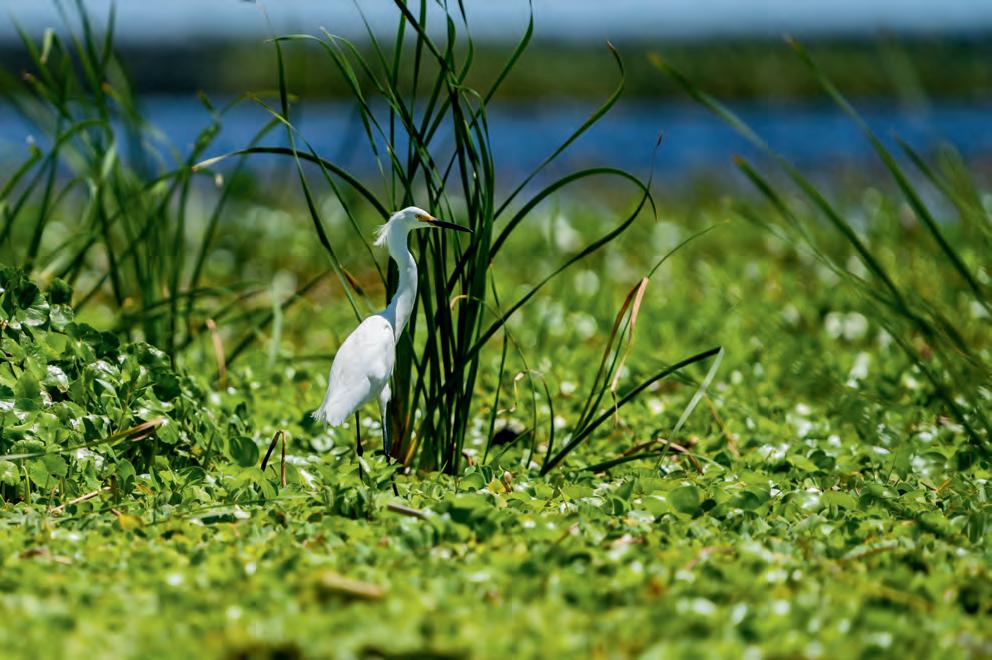
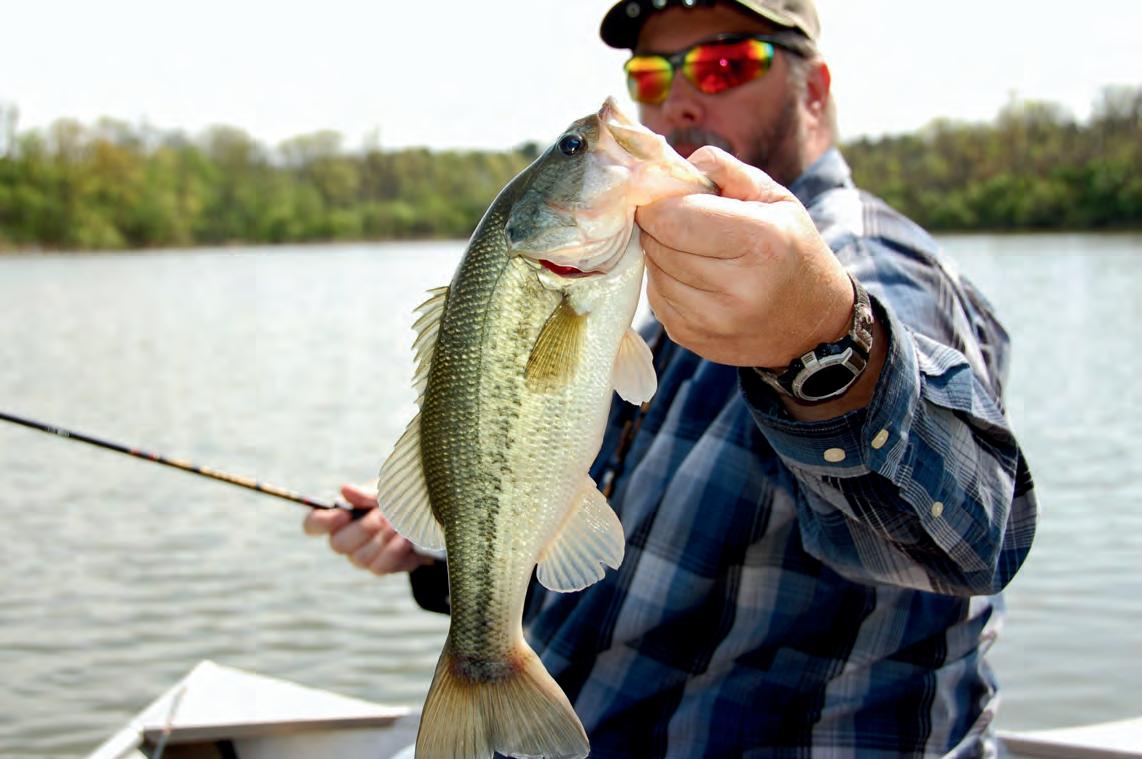


Experience world-class bass fishing in the heart of Okeechobee, FL, where every cast is an opportunity for an unforgettable catch.



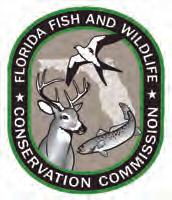


Stepping outside their usual territory along the Lake Wales Ridge, Ridge Ranger volunteers recently assisted with a habitat restoration project at Little Gator Creek Wildlife and Environmental Area (WEA) in Dade City, FL. This marked a special collaboration with another Florida Fish and Wildlife Conservation Commission (FWC) property northwest of their typical range.


Rather than their familiar task of felling Sand pines to support Florida Scrub-Jay habitat, Ridge Rangers focused on clearing midstory vegetation around a wading bird rookery, which historically attracted nesting wood storks. Their objective was to open the midstory within a cypress swamp by removing non-cypress tree species. This work helps increase sunlight to the ground, improves hydrology, and limits predator access—benefits crucial to the wetland’s health and the nesting success of wading bird species. The hope is that the midstory thinning will make the Little Gator Creek WEA cypress swamp attractive to more nesting wood storks.
Timing was ideal: just after the stork nesting season and ahead of Florida’s heavy summer rains, which would render the site inaccessible. The Ridge Rangers’ efforts reflect the importance of volunteer support in maintaining Florida’s unique ecosystems. For more information on volunteer opportunities and habitat restoration projects, contact Jonathan Foligno, Ridge Ranger Volunteer Program Biologist, at Jonathan.Foligno@myfwc.com.
— Ridge Rangers and FWC biologists plan to continue this work at Carter Creek through March. For more information about volunteering for these workdays, please contact Jonathan Foligno at Jonathan.Foligno myfwc.com.

•




•
•
•
•
•

•
•
Hearing Aids
• Full line of hearing aids, specializing in digital hearing aid
• Assistive listening devices
• Follow-up fine-tuning visit to ensure maximum benefits
• Digital/bluetooth hearing aid technology
Hearing Accessories
• Premium batteries and other hearing aid accessories
• Custom ear molds for hearing aids, iPods, and MP3s
• Water protection earplugs
• Noise protection for musicians and sportsmen
Additional Services
• Hearing aid repair services for all makes and models
• Hearing aid cleaning services
• Routine maintenance and cleaning
• Rehabilitation Services
• Cerumen Management (earwax removal)
• Counseling for hearing loss and Tinnitus
• Seminars for groups and organizations including support groups




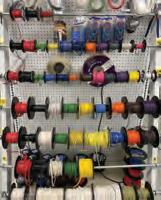







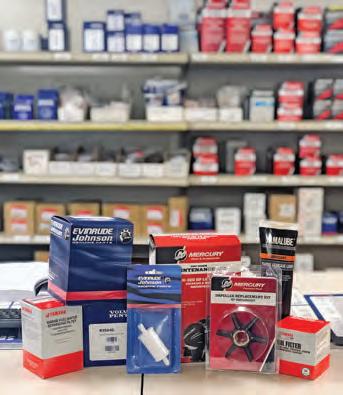








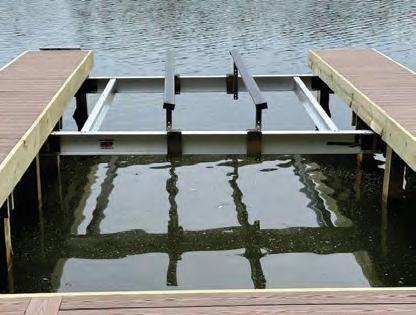
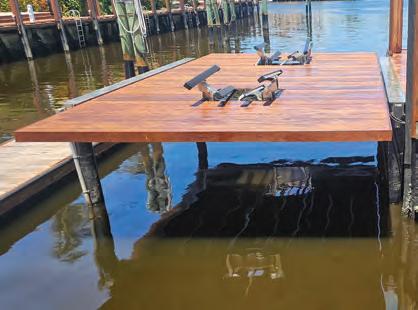
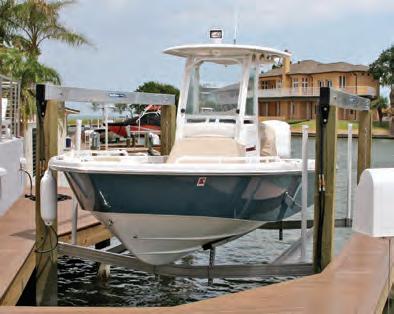


ShoreStation hydraulic boat lifts are a reliable choice for coastal residents and boating enthusiasts alike. Their strong construction, made with corrosion-resistant materials, allows them to withstand harsh environmental conditions, including sun, storms, and saltwater damage. ShoreStation provides a steadfast solution for protecting waterfront investments, o ering peace of mind to owners in the Sunshine State.
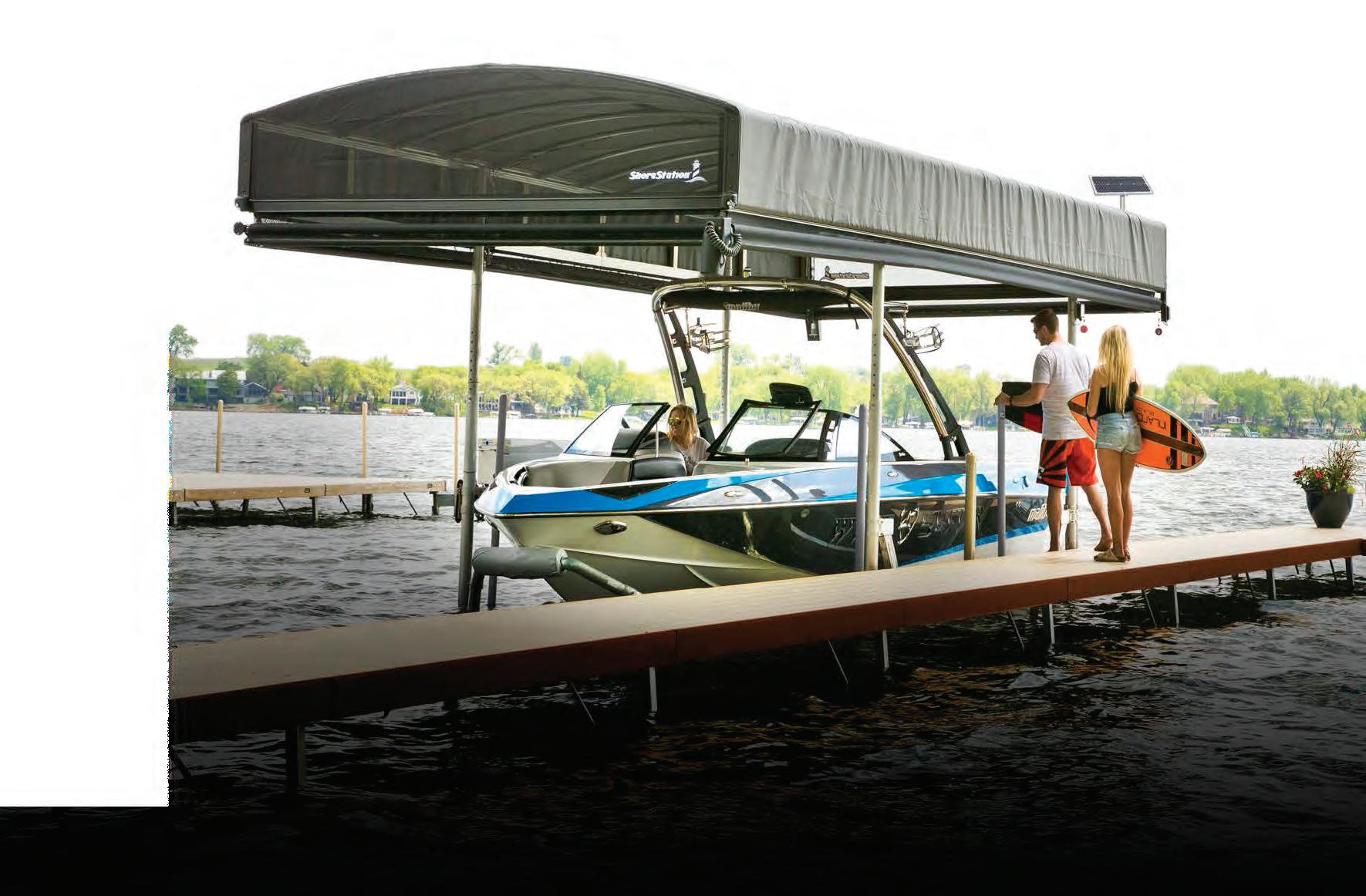
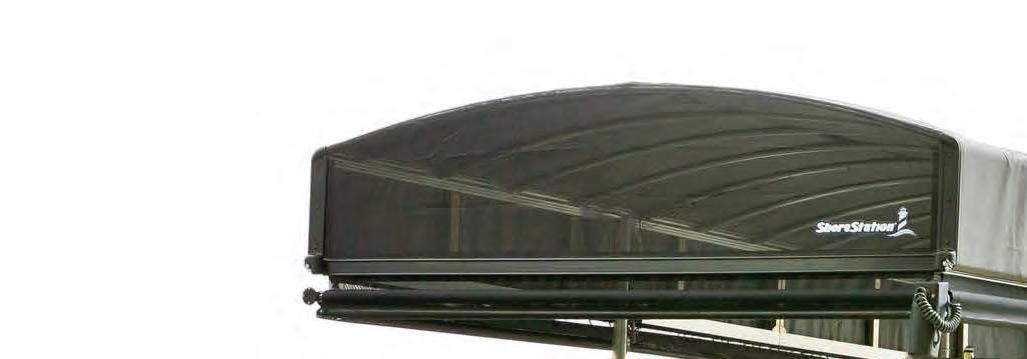
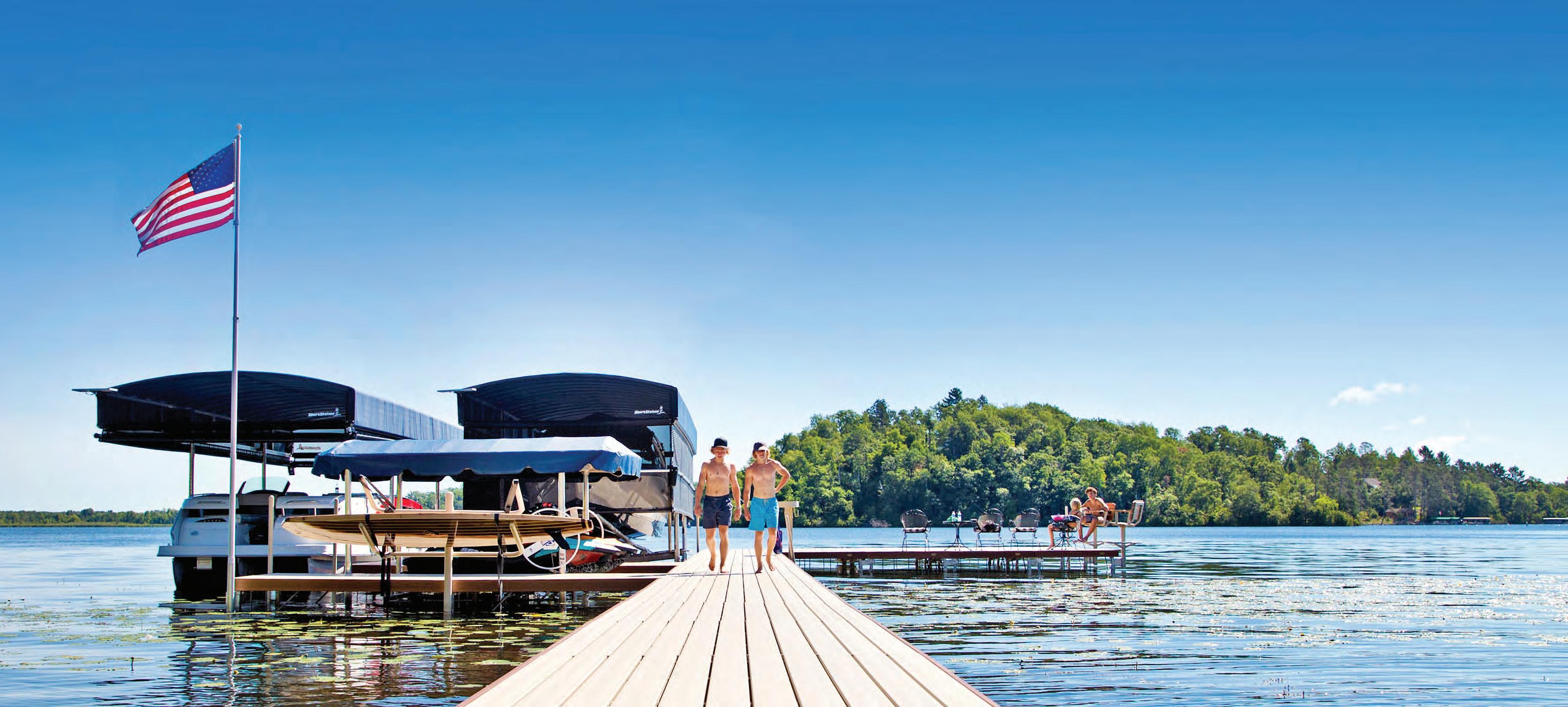


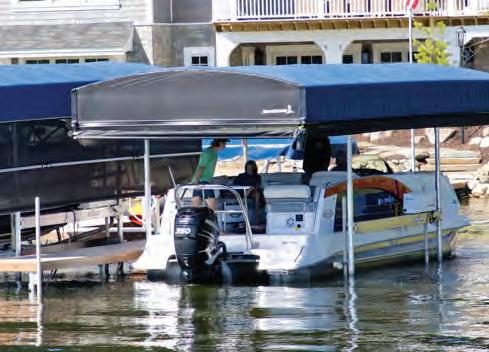
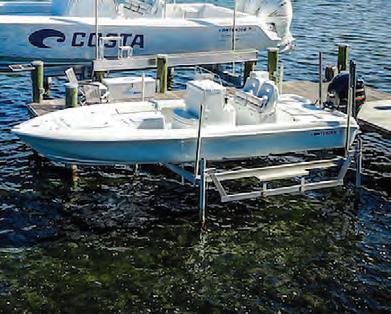
Equipped with exceptional weather resistant fabric and breathable SunTex 80 woven mesh ends for maximum protection and durability,

Made from the highest quality materials, our innovative hydraulic boat lift is one of the fastest and safest lifts on the market today. When you have a hydraulic lift, there’s no need to worry about wind and waves getting in your way. This lift will give you con dence to safely land and secure your boat in less-than-ideal conditions.
Never miss another moment on the water. Power your lift with clean, free solar power. Our speedy 20 watt charger features solar regulator drainage protection, saving your battery from permanent damage caused by overcharging.



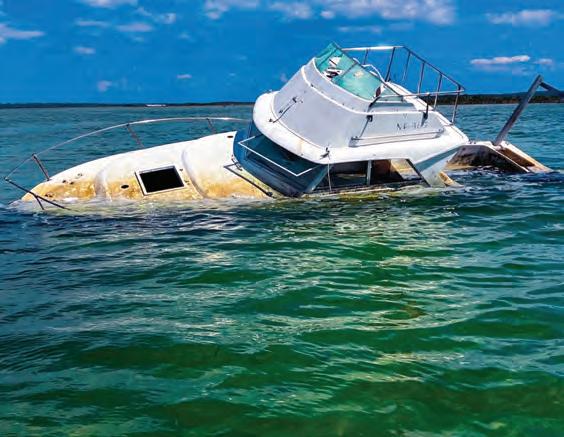
The Florida Fish and Wildlife Conservation Commission (FWC) is preparing to implement a new law aimed at strengthening vessel accountability and enhancing protections for Florida’s waterways. Senate Bill 164, signed into law by Governor Ron DeSantis on June 19, went into e ect on July 1, 2025. is legislation is designed to help reduce the number of at-risk and derelict vessels across the state and improve enforcement tools for FWC o!cers and partner agencies. Key provisions of the new law include:
• Clari ed Ownership Standards: e de nition of “vessel owner” is clari ed, and a valid vessel title will now serve as prima facie (presumed) evidence of ownership.
• Stronger Requirements for At-Risk Vessels: Vessel owners must now complete an E ective Means of Propulsion (EMP) evaluation upon request by law enforcement. If an o!cer has reason to believe the vessel lacks an e ective means of propulsion and the owner is present, the evaluation must be conducted immediately or within 48 hours if noti ed otherwise.
• Public Nuisance Vessel Designation: A vessel may now be declared a public nuisance — subject to removal like a derelict vessel — if the owner
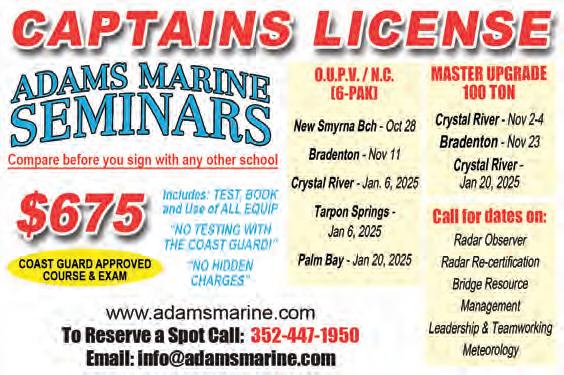



receives three citations related to any at-risk conditions within a 24-month period, including unpaid citations or failures to appear in court.
• Expanded Noncriminal Infractions: Violations such as expired registration and long-term anchoring may now be addressed through mailed noncriminal citations from law enforcement.
• More Flexible Use of Removal Funds: Derelict Vessel removal funding may now be used not only for removing DVs but also for preventive removals under the Vessel Turn-In Program and for public nuisance vessels.
• Harsher Penalties for Repeat DV O enders: First o ense - First-degree misdemeanor; Second o ense - ird-degree felony; ird o ense - Seconddegree felony.
• No Liveaboard on Derelict Vessels: It is now a rst-degree misdemeanor to live aboard a vessel that has been declared derelict by the court or the owner has not requested an administrative hearing.
“We have seen increasing success in our e orts to combat the ongoing derelict vessel problem in Florida’s waters,” said Capt. Travis Franklin, leader of the FWC Derelict Vessel Removal and Prevention Program. “ is new legislation enhances our e orts to not only remove derelict vessels but also prevent at-risk vessels from becoming derelict.”
Derelict vessels remain a priority for the FWC, and the multi-year initiative to reduce the number of derelict vessels on Florida’s waterways is ongoing. ese vessels pose serious risks to seagrass beds, marine life, navigation, public safety and property. e Boating and Waterways Section is leading this statewide e ort in partnership with local governments and law enforcement.
Leaving a vessel in a derelict condition is a crime. Derelict vessels, including those that are sinking, grounded, stripped or lacking vital systems, threaten both people and Florida’s natural resources.
FWC has removed nearly 200 vessels through the Vessel Turn-In Program and is actively taking applications from at-risk vessel owners. Vessel owners can call VTIP specialists at the FWC for more information on the program at 850-488-5600 or visit the VTIP website at MyFWC.com/boating and click on “Vessel Turn-In Program” on the second slider at the top of the page.
For more information on derelict or vessels at risk of becoming derelict, visit MyFWC.com/Boating and select “Waterway Management” followed by “Derelict Vessel Removal Program.”
Florida Fish and Wildlife
Conservation Commission (FWC)
O!cer Wil Raker certi ed a new state record spotted bass, caught by angler Joe Durden from Blountstown.
e sh weighed 3.93 pounds and measured 18.25 inches in length.


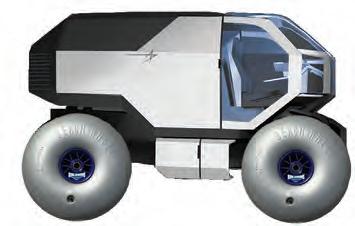


Durden was excited to catch his spotted bass on the Apalachicola River during the Fi h Annual Liberty County Bulldog Booster Bass Tournament out of Bristol Landing.
“I knew right away this was potentially a state record,” said Durden. “ is was the biggest spotted bass I had ever seen on the river.”

Durden, an avid bass tournament sherman, caught his spotted bass on a crankbait while using LiveScope technology. A er landing the sh, an FWC freshwater sheries biologist met with Durden to discuss his catch and verify it was a spotted bass.
“Catching a state record sh is a tremendous accomplishment for any angler,” said Andy Strickland, sheries biologist with FWC’s Fish and Wildlife Research Institute. “Particularly a record that’s held the test of time for 40 years.”
e previous spotted bass state record was 3.75 pounds, caught by angler Dow Gilmore on June 24, 1985, on the Apalachicola River.
Anglers can check state records by visiting MyFWC.com/Freshwater and clicking on “State Record Fish.”
It’s no fsh tale when you run with a John Deere. You can get everything done faster and easier, so you get more time on the water. Plus, our special offers make them the catch of the day.



The boating industry is jumping onboard with Dometic’s revolutionary DG3 Gyrostabilizer, due to its groundbreaking spin-up and spin-down times, energy e%ciency and superior performance in all types of sea conditions. is solution has literally taken vessel stabilization to a “Whole New Level,” capturing the attention of boaters and boat builders around the world. e !rst in a planned line of advanced stabilization solutions by Dometic, the new DG3 is targeted at the 35- to 41-foot !shing boat market.
Soon a er Dometic won the 2025 NMMA Innovation Award at the Miami International Boat Show for the DG3, leading American boat builder Regulator Marine announced that its new-for-2025 Regulator 35 Center Console would be o ered with Dometic’s DG3. “We are honored to have a respected builder like Regulator come onboard,” said Dometic Marine Segment President Eric Fetchko. “ eir latest center console agship is an ideal match for our system in terms of size, hull performance, overall quality and a wide range of premium features and technology. It’s also a wonderful platform to showcase our advanced capabilities, including energy e%ciency that enables o shore use without the need for an onboard generator,” added Fetchko.
e DG3 reduces spin-up time by more than 65%, reaching full readiness in just 16 minutes, compared to the typical 50 minutes required by current systems in the market. is means you’ll
get out on the water and out to distant !shing grounds faster. e system’s downtime is equally impressive, fully lowering in just 20 minutes, a signi!cant improvement over the eight or more hours (15X faster) required by current systems.
Dometic also pioneered innovations in energy storage and recapture, enabling the battery to recharge e%ciently. DG3 uses Dometic’s proprietary, industry-proven Inverted Roller Screw technology for true dynamic control and signi!cantly improved roll reduction performance over a wide range of sea sates. In addition, the push-pull motion of Dometic’s all-electric procession actuator is used to create power that contributes to running the system. During spin down, Dometic’s regenerative braking technology recharges the system’s dedicated 48V Lithium-Ion spin-up battery for the next use. Overall, the DG3 reduces power consumption by an impressive 40% compared to other gyros on the market.
DG3’s Inverted Planetary Roller Screw technology and proprietary all-electric procession actuator provide dynamic control of the gyro hemisphere for instant response to vessel movement and superior comfort over a full range of sea states. is allows DG3 to react faster to heavy wave motions, while also smoothing the ride in small and long period waves, where current gyros are less e ective.
Durability and reduced maintenance were also key goals for Dometic engineers. Dometic’s


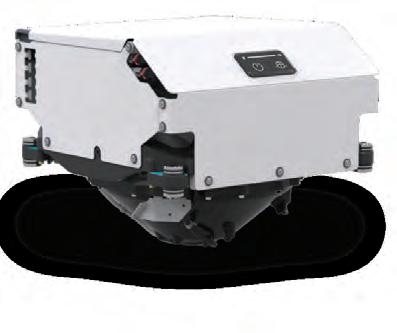
durability, minimizes required service, and reduces total cost of ownership. Featuring a slower-spinning ywheel, larger, more robust bearings, patentpending inner race cooling, parallel path cooling, and a titanium heat exchanger, the DG3 is designed to stay cool and operate reliably for the long run.
Dometic designed the DG3 as an easy “dropin” replacement for other comparably sized systems available in the market today. e DG3 !ts within the same footprint and clearance speci!cations and features reversible mounting feet to address common challenges encountered by installers. To meet the needs of today’s boating market, Dometic’s DG3 is compatible with 12-, 24- and 48volt house battery systems.
To learn more about how Dometic’s DG3 can take your o shore shing adventure to a whole new level, visit www.dometic.com.





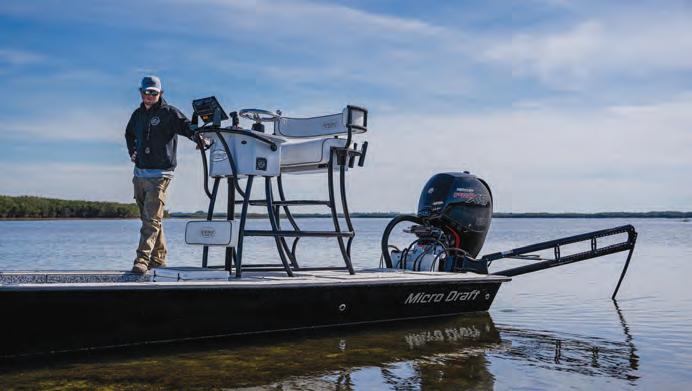



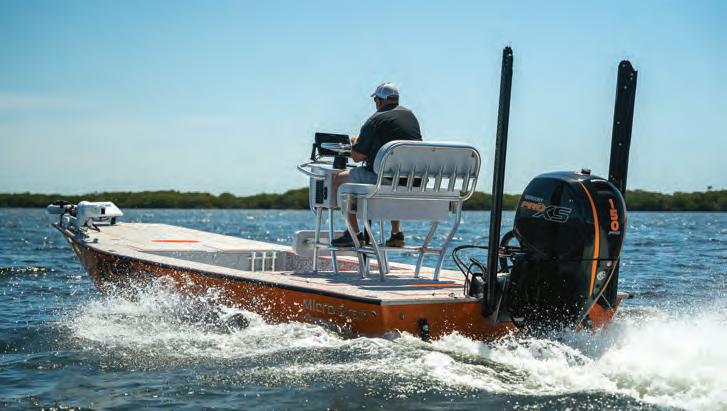




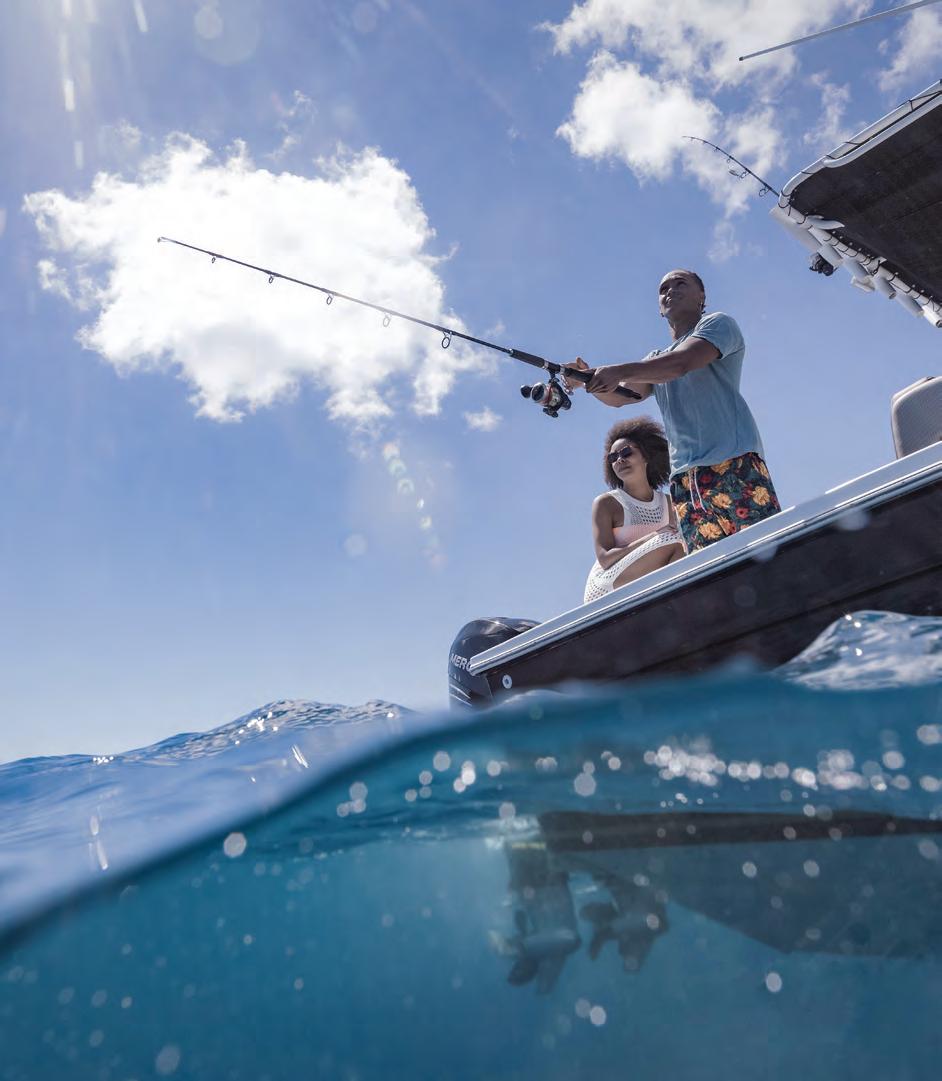
Nestled in the heart of the Caribbean, the US Virgin Islands embody a harmonious blend of natural beauty, cultural vibrancy, and laid-back serenity. ese islands are more than just a picturesque getaway; they are a living testament to nature’s rhythm and resilience, e ortlessly in tune with the world around them.
With no passport required for U.S. citizens, from the moment you arrive, the islands’ natural rhythm is palpable. e gentle sway of palm trees, the soothing sound of surf crashing against sandy shores, and the vibrant melodies of local music all echo the heartbeat of this tropical paradise. e islands’ lush landscapes, with their verdant hills and crystal-clear waters, mirror the steady pulse of life that sustains the local ecosystems and communities alike.
e US Virgin Islands’ environment is a symphony of biodiversity with world class shing and diving. ese natural elements are not static; they dance in harmony, in uenced by the tides, wind, and seasonal changes—further emphasizing the islands’ intrinsic rhythm. is delicate balance underscores the importance of conservation e orts, ensuring that future generations continue to experience the islands’ natural cadence.
Culturally, the US Virgin Islands are equally in tune. e music, dance and festivals re ect a vibrant heritage rooted in African, European and Caribbean traditions. e spirited calypso beats
and reggae rhythms are expressions of life's ongoing dance—celebrating resilience, community and joy. ese cultural expressions are an extension of the islands’ natural rhythm, showcasing how human life here moves seamlessly with nature’s ow.


In a world o en dictated by chaos and rapid change, the US Virgin Islands serve as a reminder of the beauty of being in sync with nature’s tempo. eir natural, cultural and ecological rhythms o er
a blueprint for sustainable living and harmony. As travelers and residents alike continue to embrace this rhythm, they uphold a legacy of balance—one that celebrates life’s natural ow and the enduring spirit of these remarkable islands. In the US Virgin Islands, being in rhythm isn’t just an ideal; it’s a way of life.

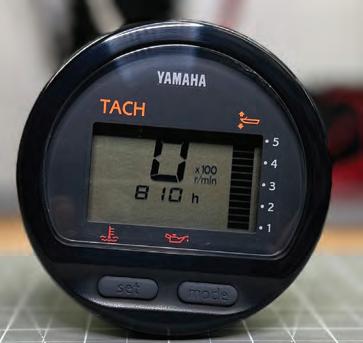

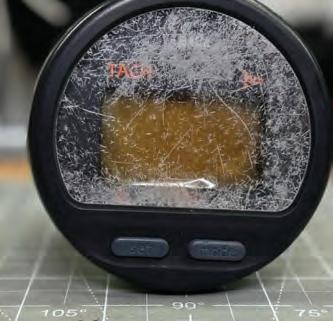


In some parts of the country the bass spawn is already starting to come to an end like it is down here in Florida and others may not start up for another couple months. Regardless of your phase, this post spawn !shing tip should help you dial in your !shery when the time is right for you! One thing is the same for every !shery and every species of bass a er they spawn, they are hungry! is can create some awesome and fun !shing opportunities that have led me to some of my best days on the water.
Typically a er the largemouth bass spawn, there are other !sh that will then begin their spawn. I’m not a scientist, but I’m sure this has a lot to do with the speci!c timing of why the bass do their thing when they do. In most areas of the southern United States, I know that the bluegill and o en times the shad, if they are in your lakes, will start to spawn very shortly a er the bass !nish up. Bass will use every advantage they can when these bait!sh group up to feed back up a er a long couple weeks or months protecting their eggs in the shallows and this can make for some fun !shing.
Smallmouth bass and spotted bass are very similar as well in the aspect of taking advantage
TYLER WOOLCOTT

of bait schools when they get in that post spawn phase. I have seen them group up and attack shad, perch, alewife schools and any other bait that is readily available to them. Typically I do a lot of my searching for these things with my electronics and forward facing sonar which is a very helpful tool for learning !sh activity and seeing what’s going on under the surface of the water.
Most of the time you can use clues you can visually see with your eyes to help you !nd this feed that is going on. Typically birds feeding on the water is an awesome sign of a feeding frenzy and that is one thing I ALWAYS look for. Also always keep your eyes peeled for !sh blowing up on the surface or shad ickering as well. Sometimes the very smallest clue can lead you to much larger picture. Birds standing on speci!c banks, the sound of bluegill popping around vegetation, anything that clues you in to bait in the area usually means the bass aren’t very far.
Hopefully this tip will help you when the !sh in your area get into the post spawn feed! Find the bait, you will !nd the bass! I always try to duplicate the bait!sh with whatever kind of lure you are throwing. Bluegill eaters - I will

throw a frog or a swimming in bluegill colors, etc. Shad eaters - I will throw white or silver topwaters and crankbaits, etc. Always match the hatch if possible! Good luck out there this season and tight lines!
Tyler Woolcott is a professional tournament angler and guide. Check out his website at www.tylerwoolcott shing.com.
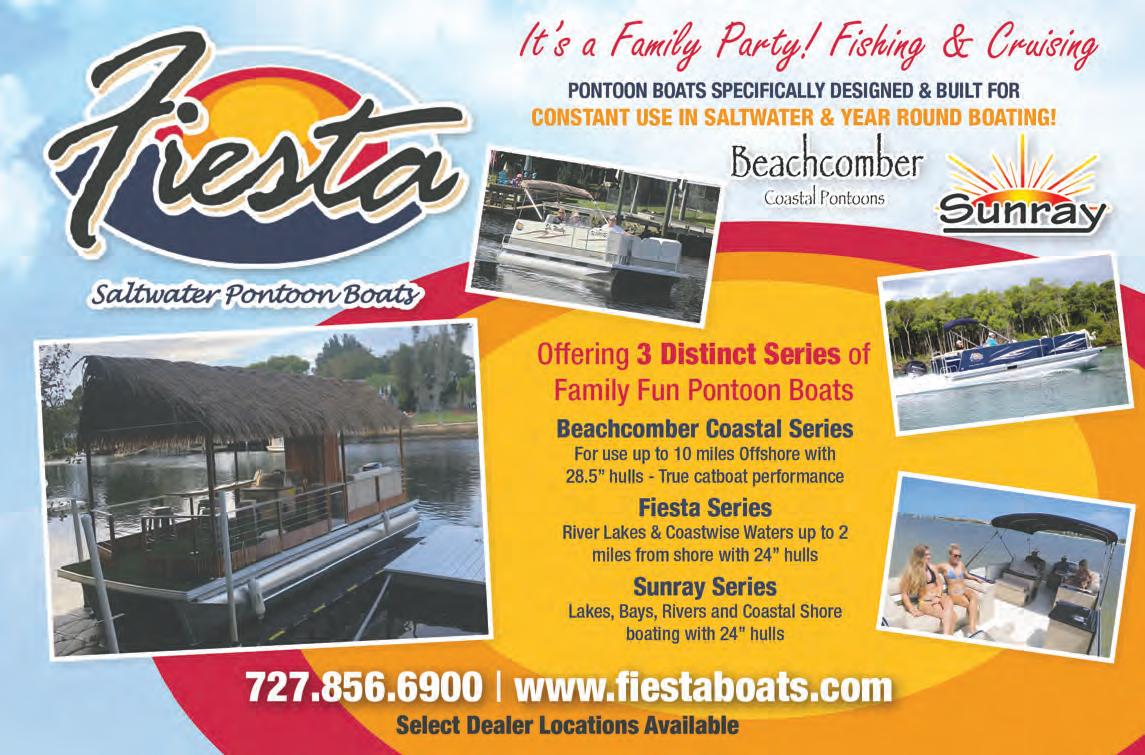
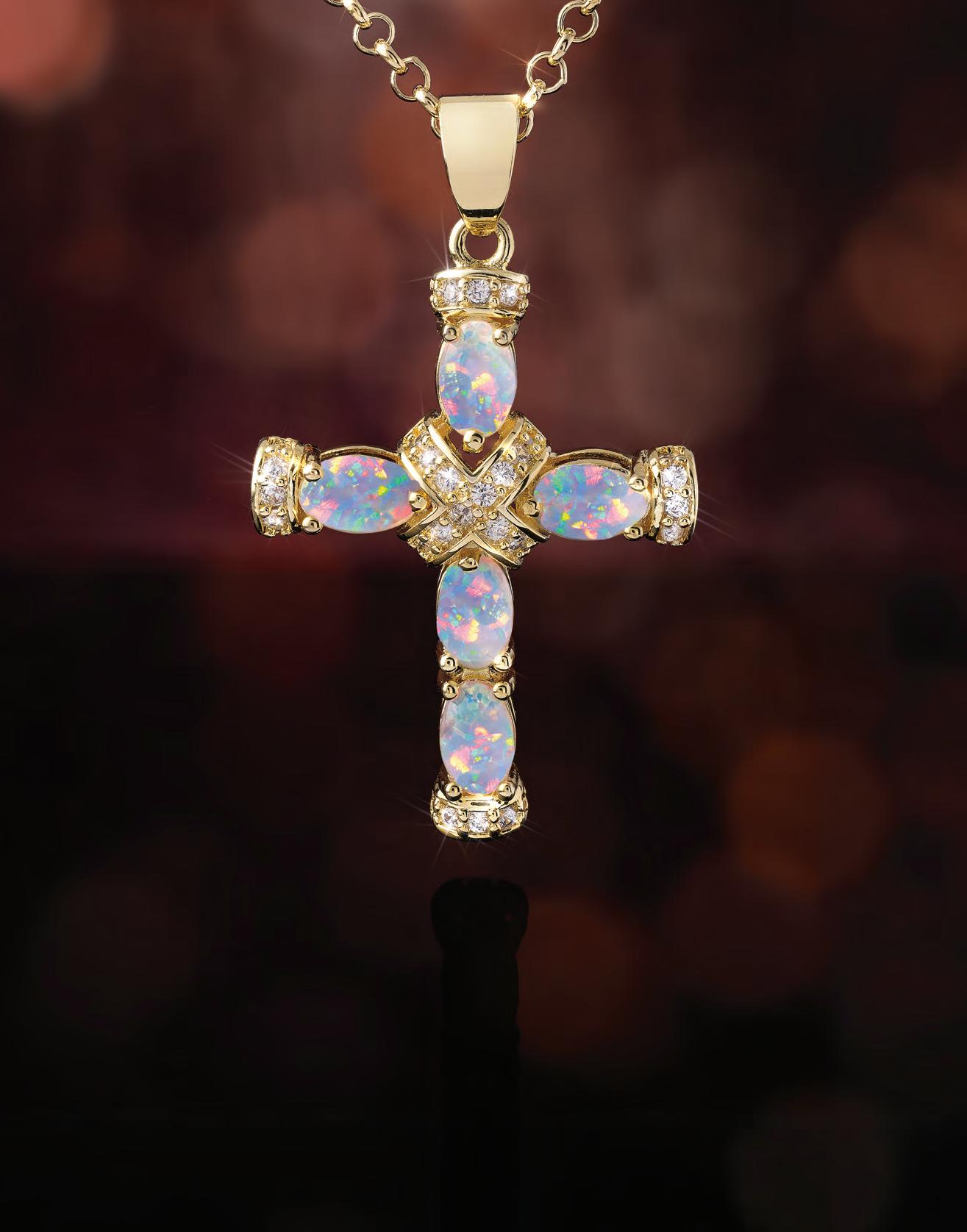
“I never expected it to be so beautiful that it takes your breath away.”
— Kaya C., on Stauer Opals
In a quaint village, nestled between rolling hills, lived a young woman with a deep appreciation for gemstones. Her grandmother gifted her a delicate cross pendant adorned with opals. "e opals shimmered with a mesmerizing play of colors, reflecting hues of blues, greens, and fiery oranges. Her grandmother shared the legend of the opals, believed to bring hope, purity, and luck to those who wore them.
Using this story as inspiration, Stauer brings you the Opal Spirit Cross Pendant. With over 2 total carats of Kyocera lab-created opals set in .925 sterling silver encased in yellow gold, this pendant is a radiant celebration of beauty and craftsmanship. Each opal captivates with a kaleidoscopic dance of fiery oranges blending into oceanic blues, streaked with flashes of vibrant green that seem to come alive with every movement. "e shimmering opals are skillfully arranged to create an enchanting, otherworldly glow, embodying the spirit of hope and harmony.
"is breathtaking combination of color and craftsmanship is available as a limited availability of

only 930 pieces, making it a rare and treasured addition to your jewelry collection. Plus, when you order today, you’ll receive the gold-!nished sterling silver chain—a $69 value—absolutely free!
Don’t miss your chance to own this exclusive tribute to timeless elegance and meaningful symbolism. Necklace Speci!cations:
• 2 ½ ctw. Kyocera lab opals and DiamondAura® accents
• Yellow gold-finished .925 sterling silver setting
18"
silver
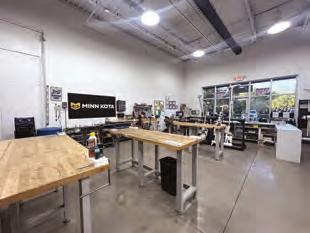


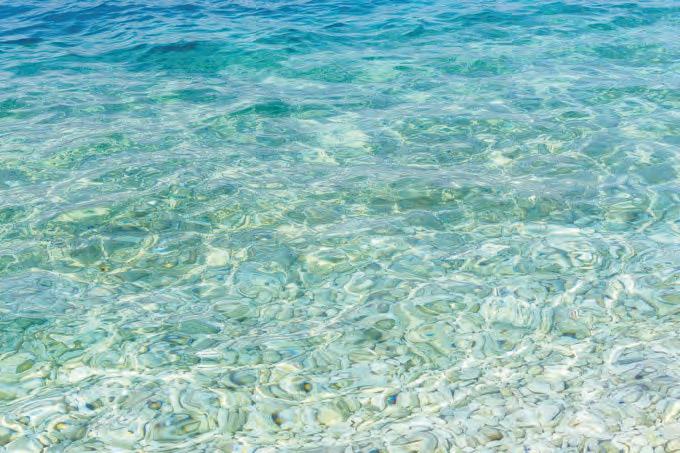




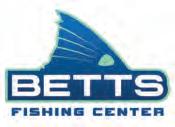
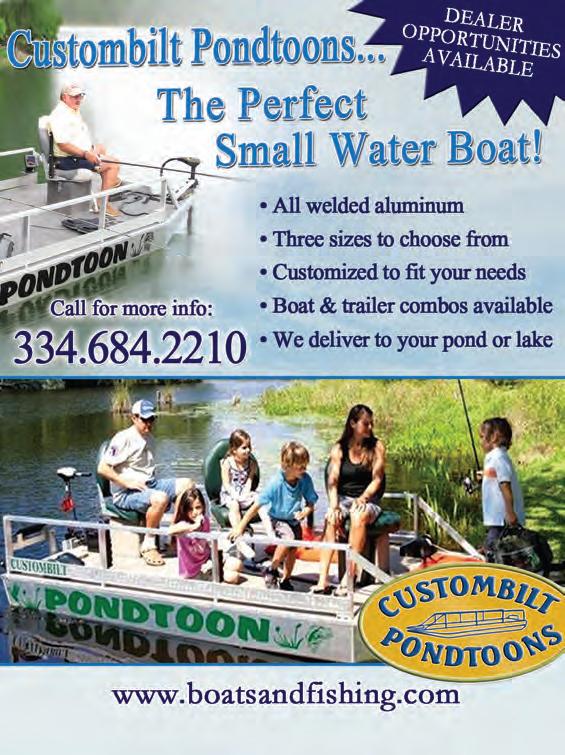

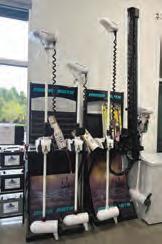

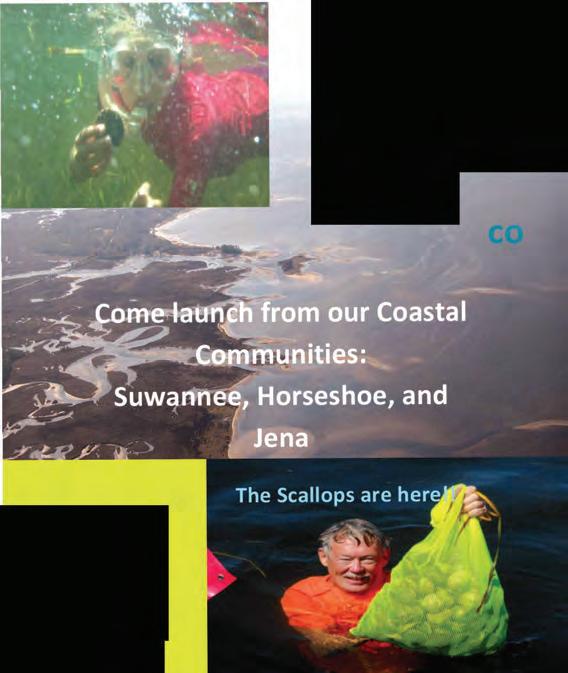



The quest to find the ultimate men’s watch has traditionally been a difficult one in the world of fashion. A timepiece with the perfect look and functionality has long been the goal of both watch designers and enthusiasts alike.
The Renegade Blue Chronograph Men’s Watch is the perfect combination of style and function. With a sleek design that features a bold blue dial, rose gold hands and hour markers, and a durable sports silicone band, this timepiece will instantly elevate any outfit.
The three sub-dials provide a precise timekeeping function. The sports silicone band is durable yet comfortable, providing a secure fit that won’t slide around on your wrist. The band is also easy to clean and maintain, making it perfect for everyday wear. The watch’s 30 Metre Water Resistance rating ensures that it has you covered whatever the occasion.
The Renegade Blue is also built to last, with a sturdy stainless steel caseback and exquisitely detailed bezel. The watch is powered by a super reliable quartz movement, which is covered by our incredible 5 Year Movement Warranty - ensuring accurate timekeeping for many years to come!

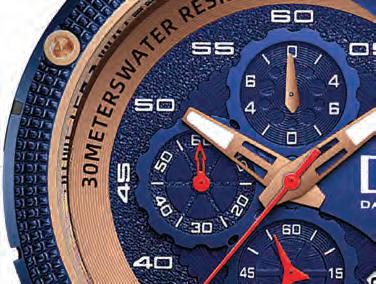

At the amazingly low price of just $99 plus S&H, this watch is an absolute steal. Don’t miss out on the chance to own the Renegade Blue and Rose Gold Chronograph Men’s Watch - order yours today!




